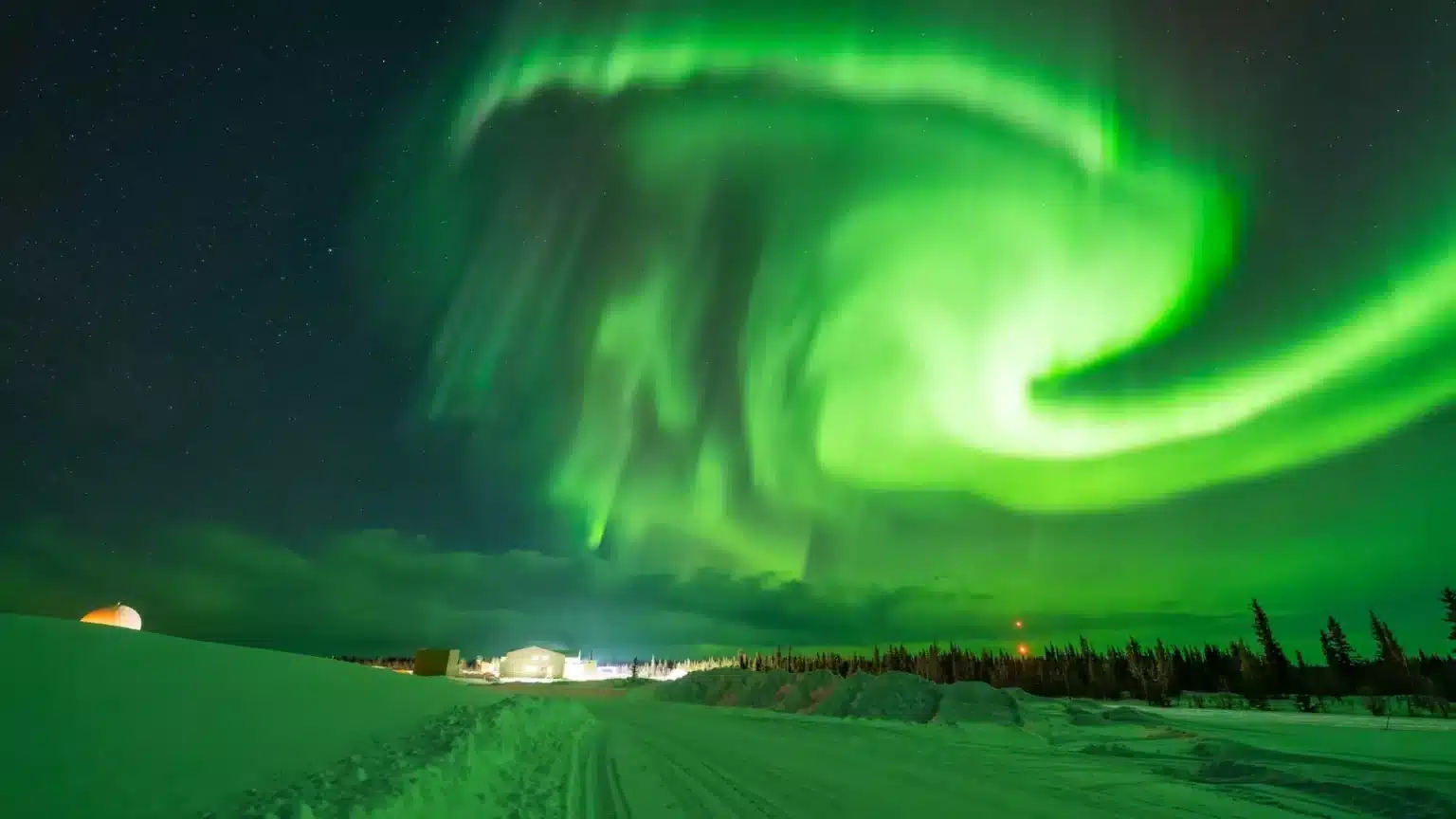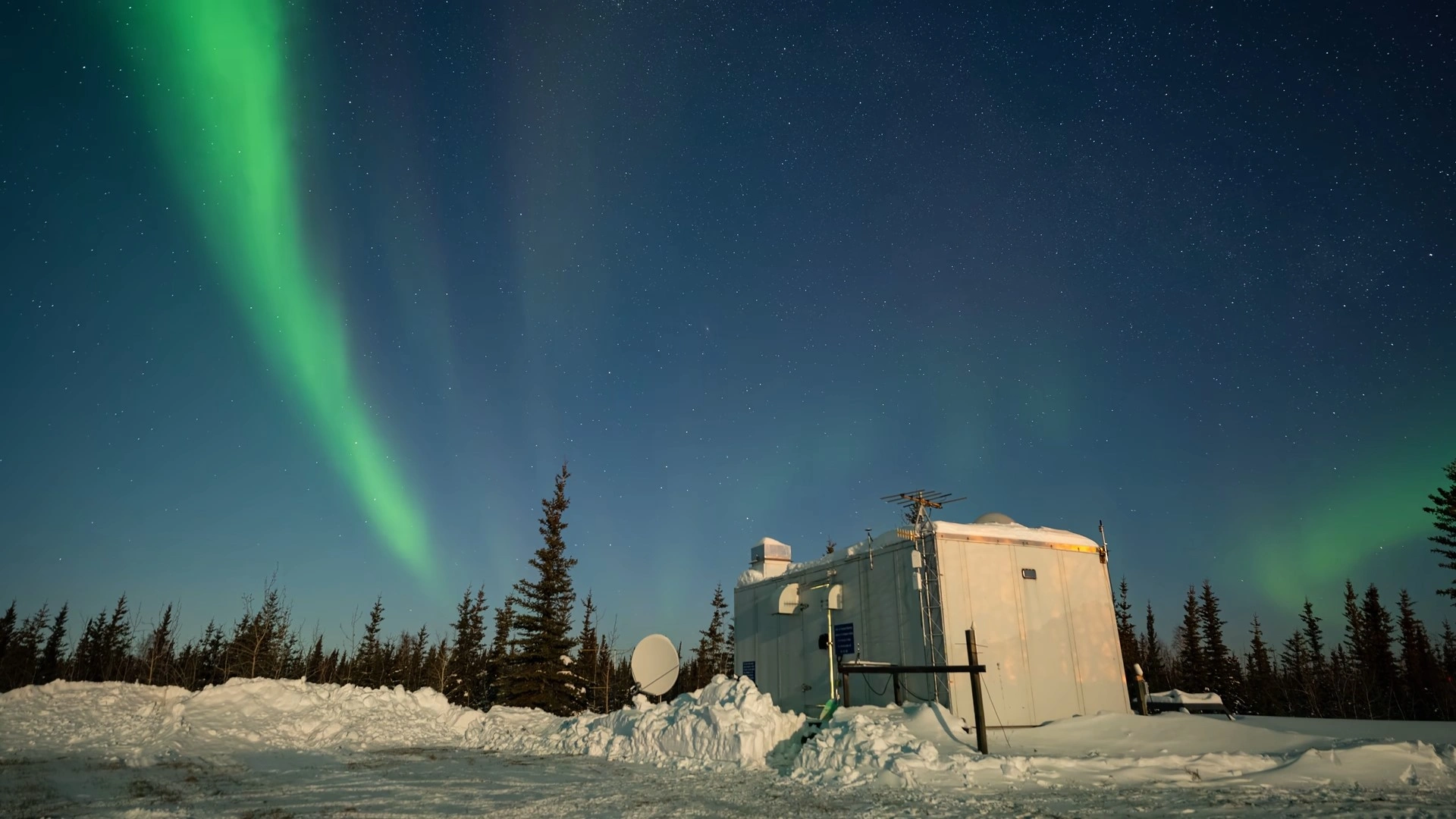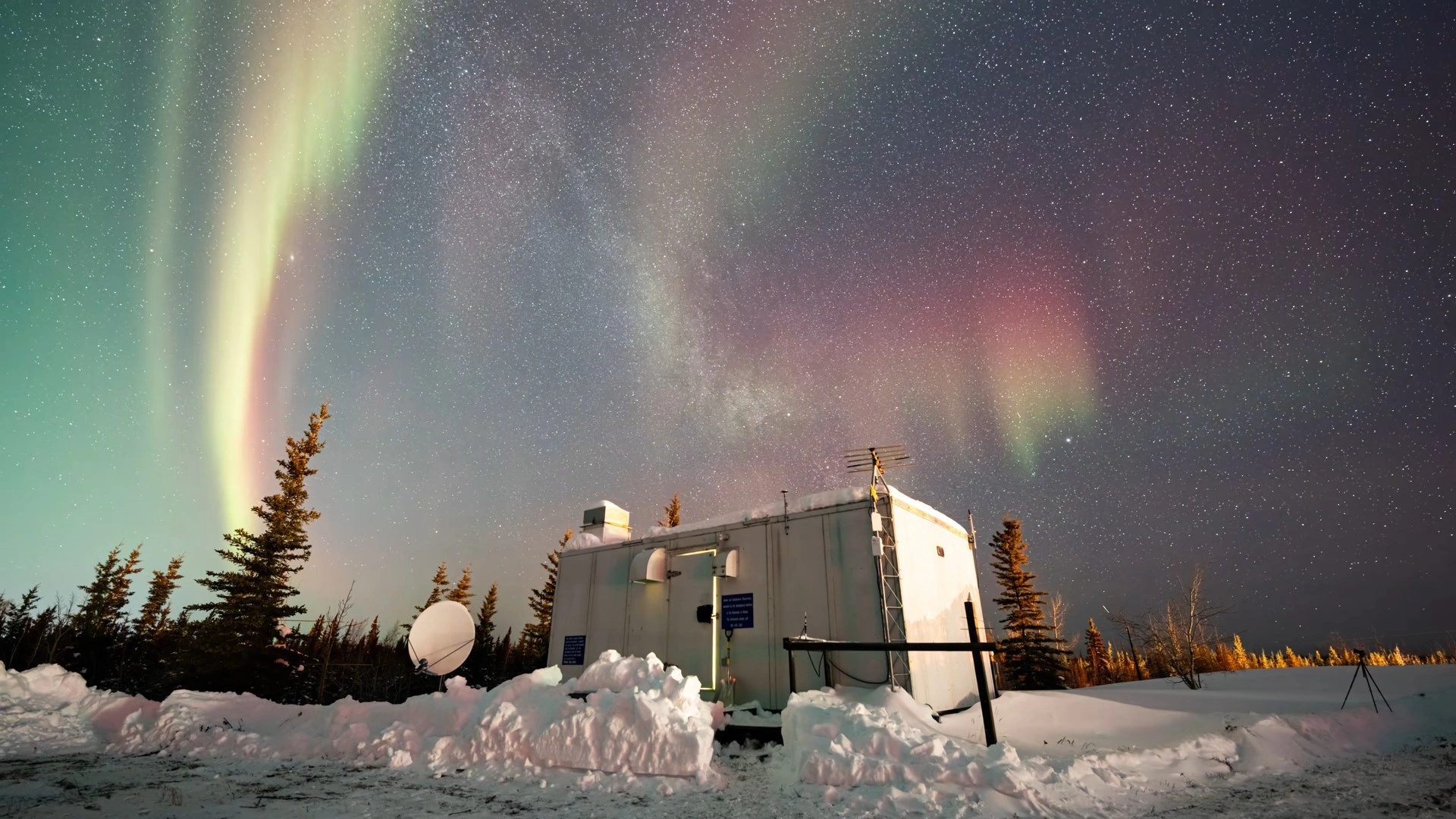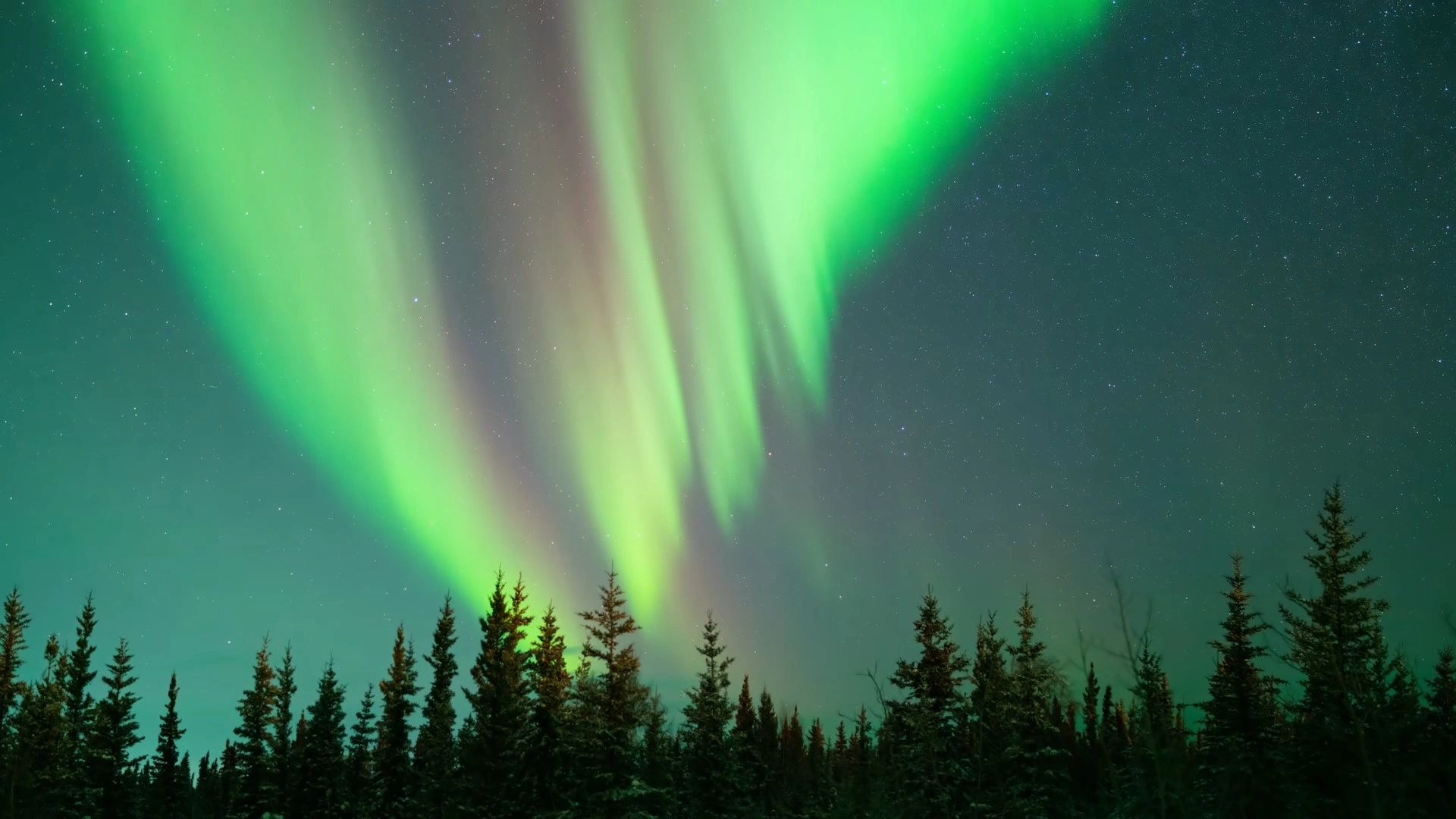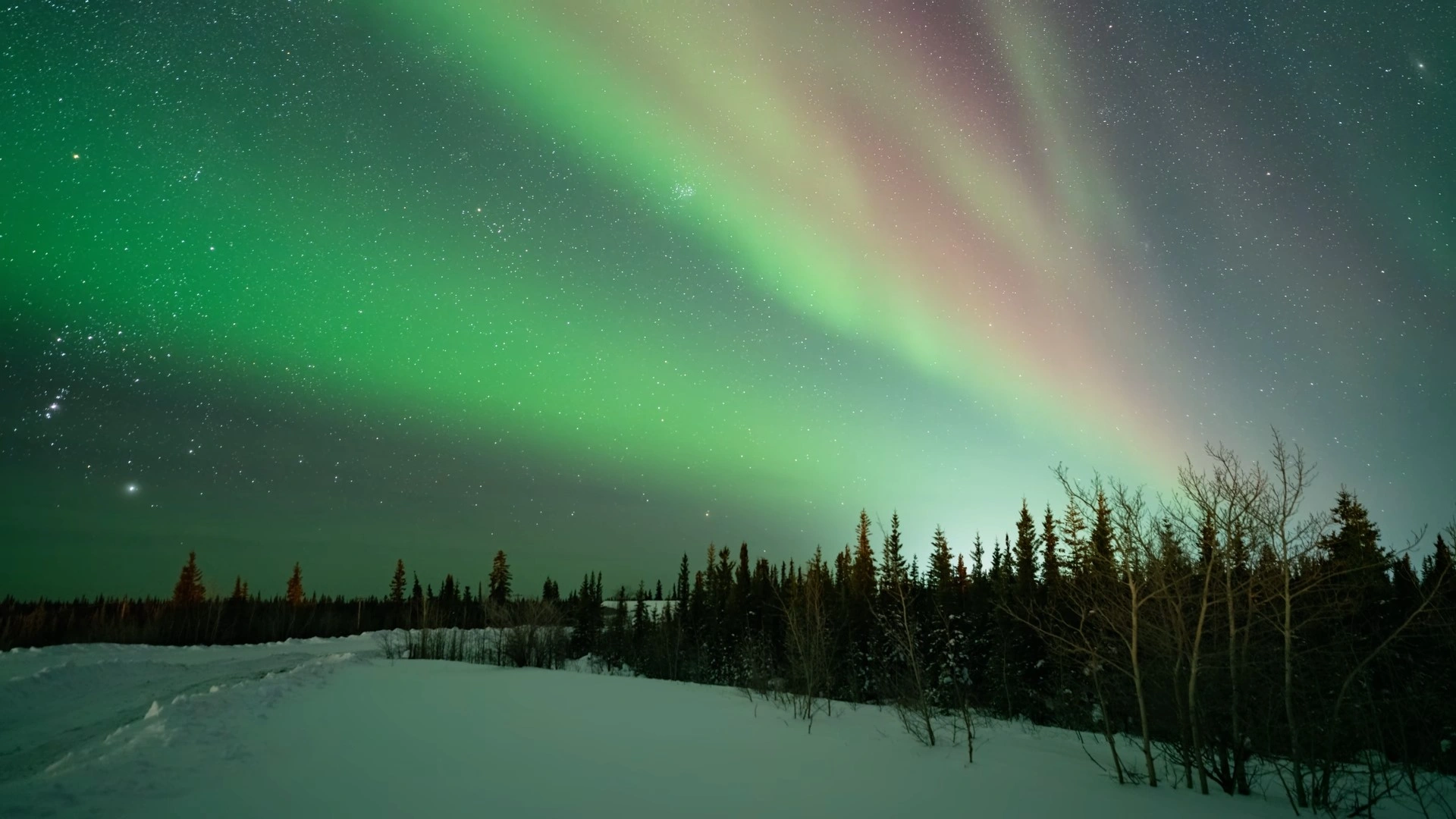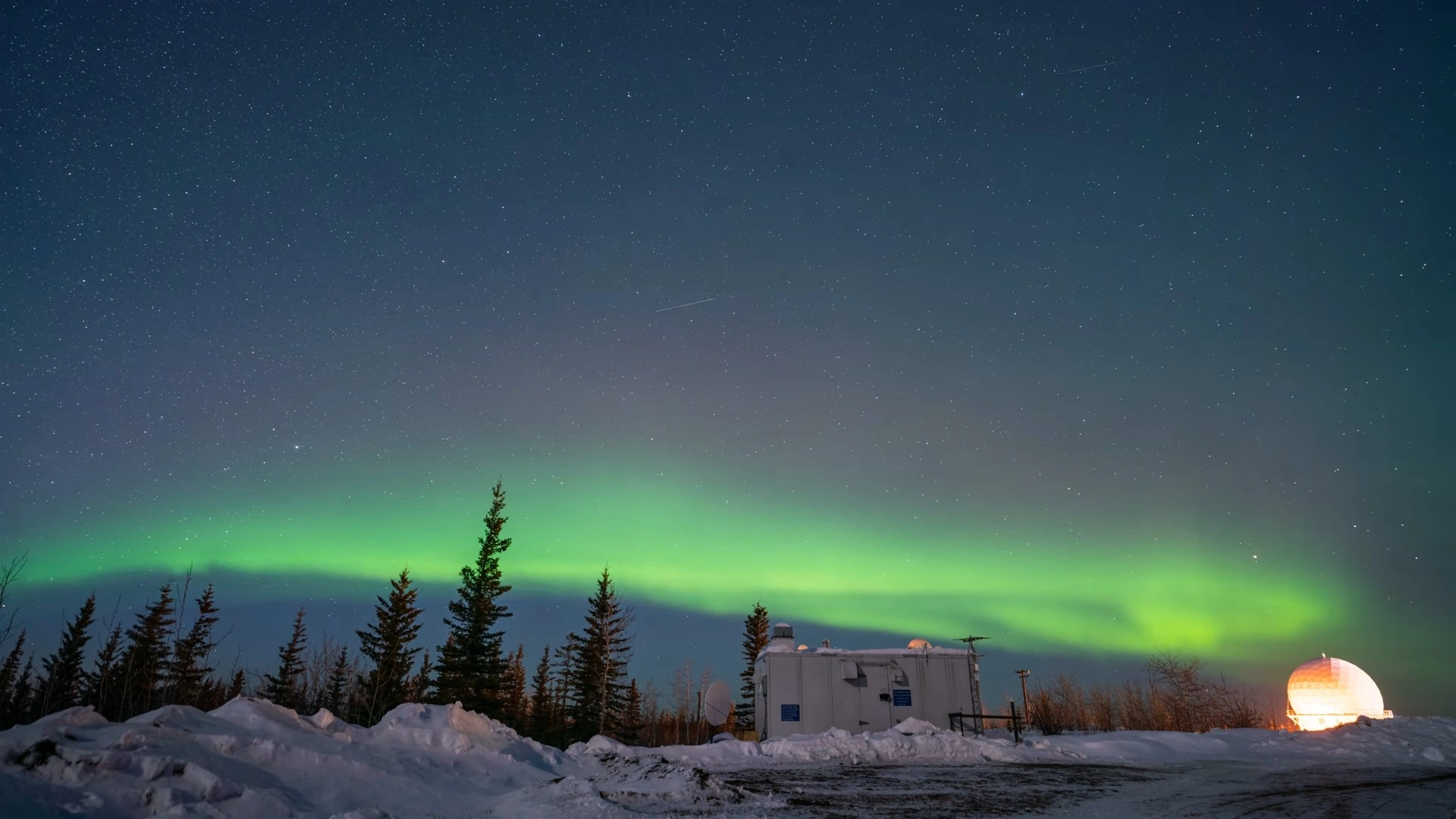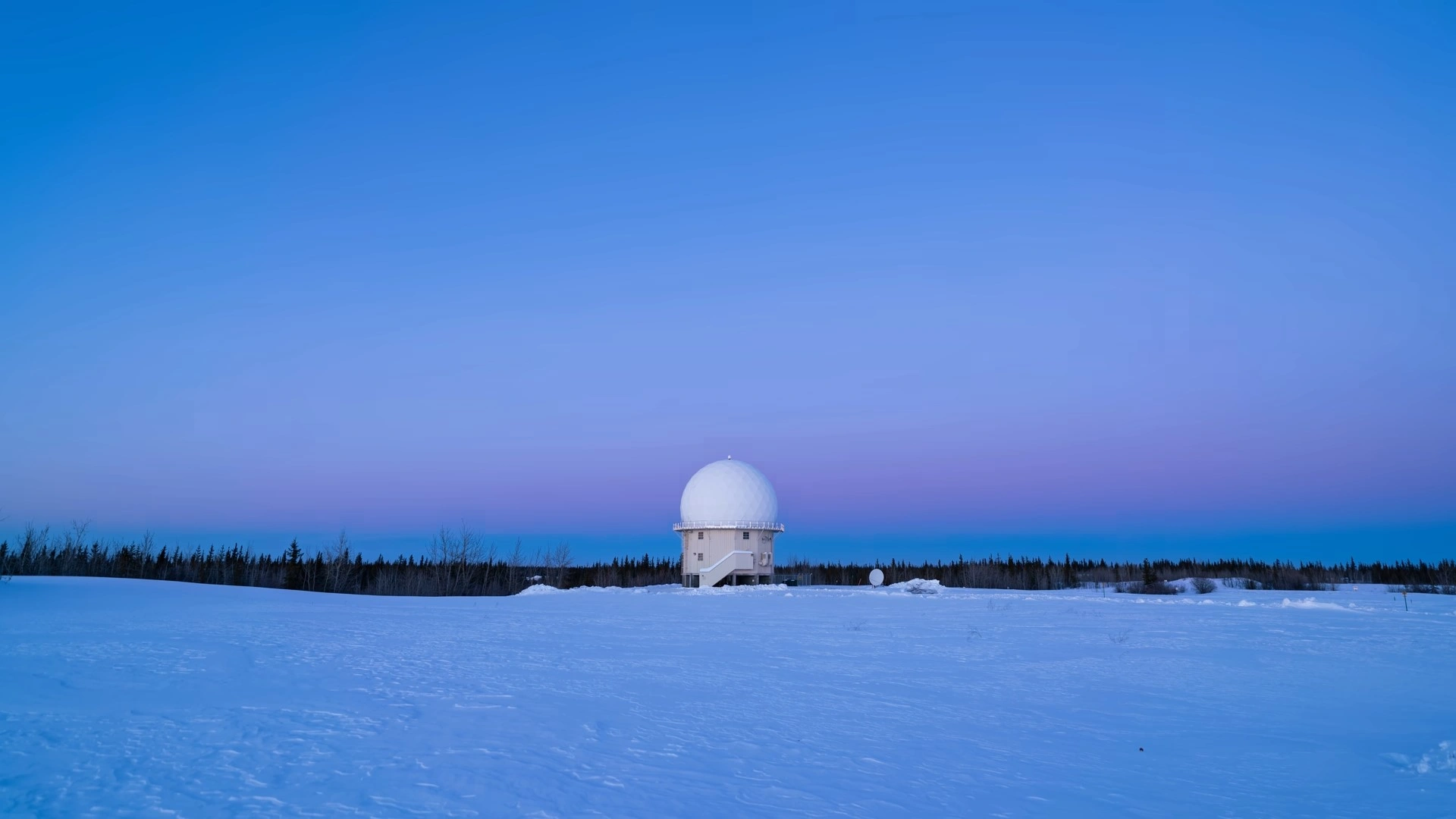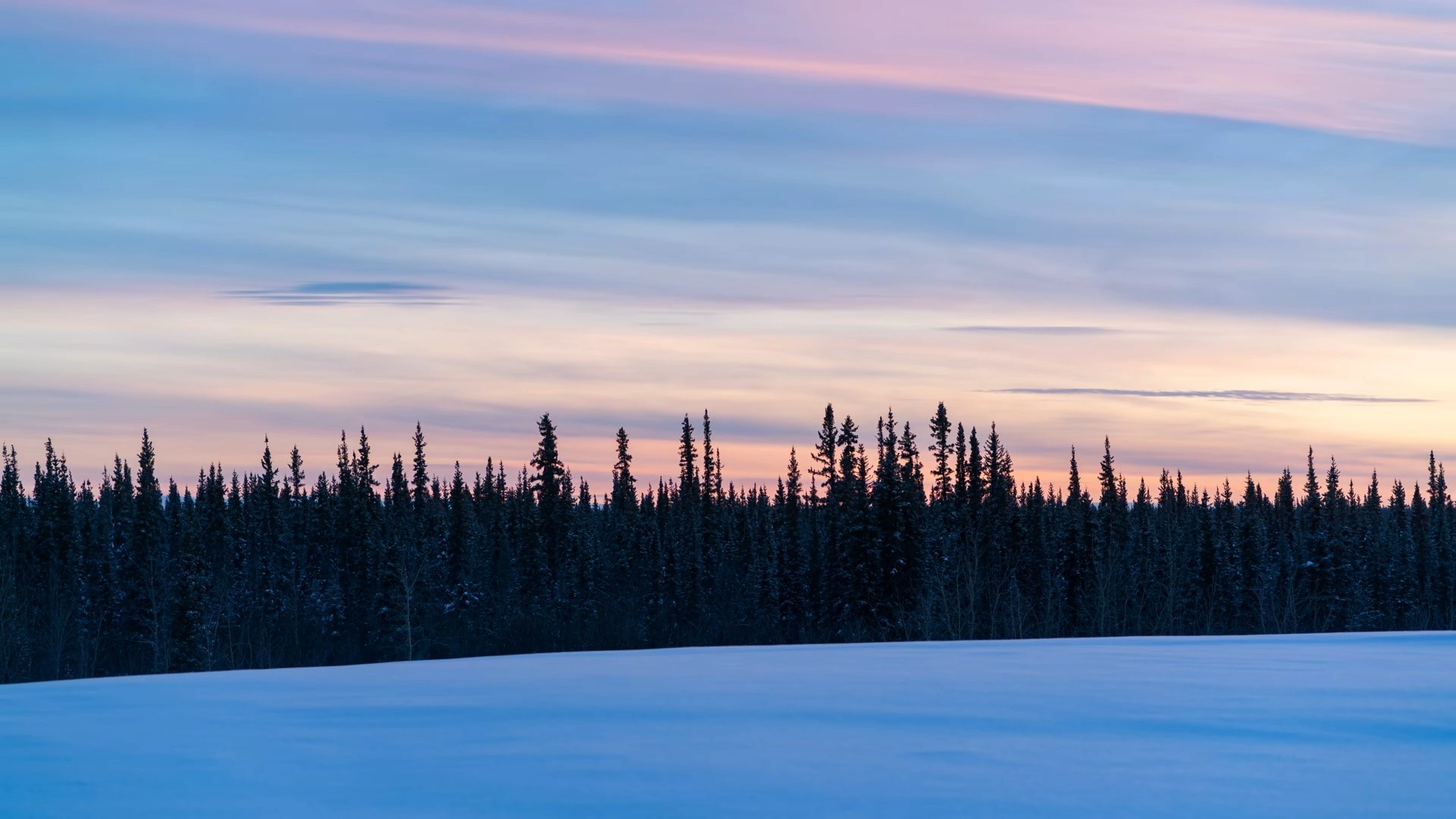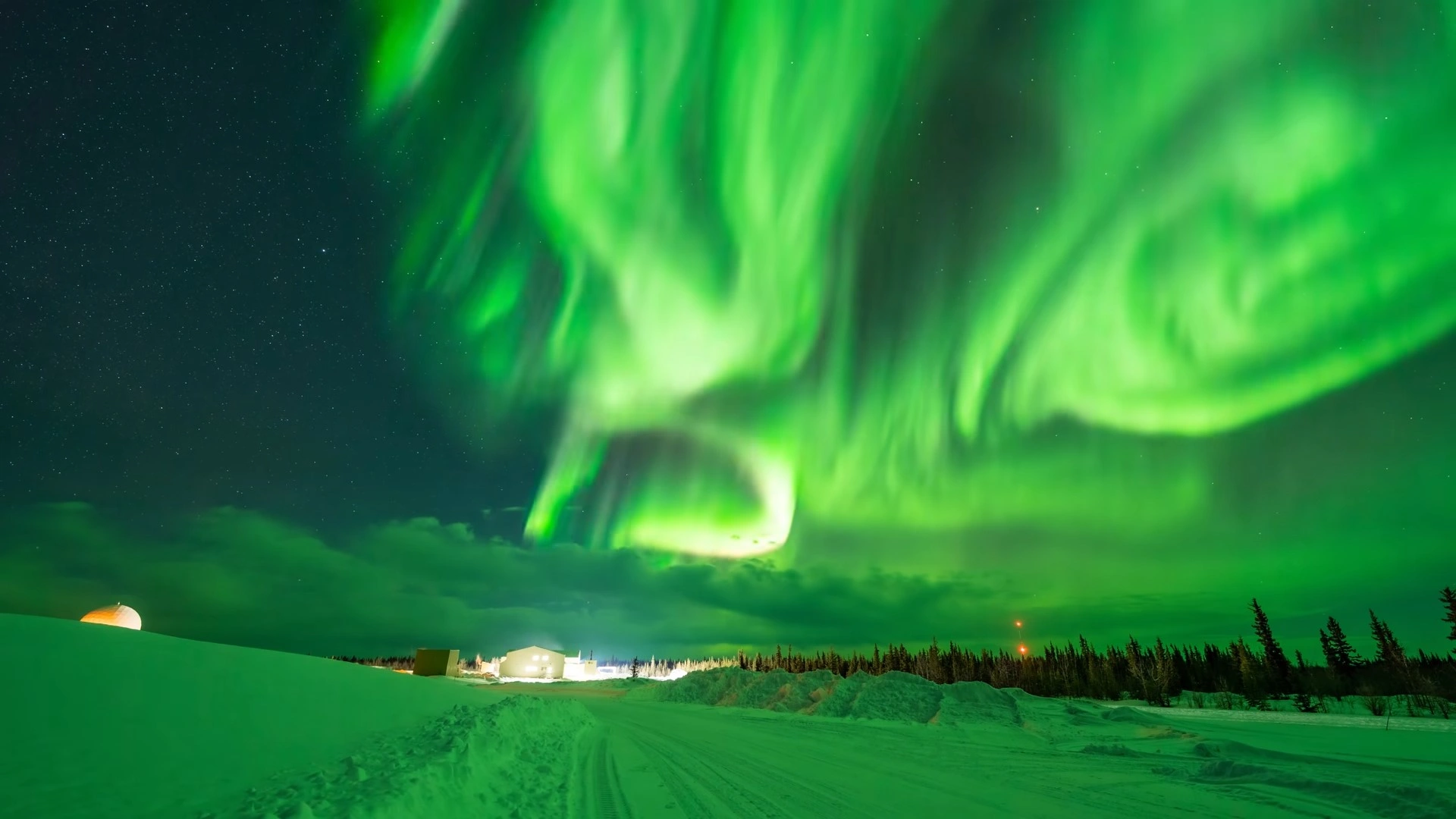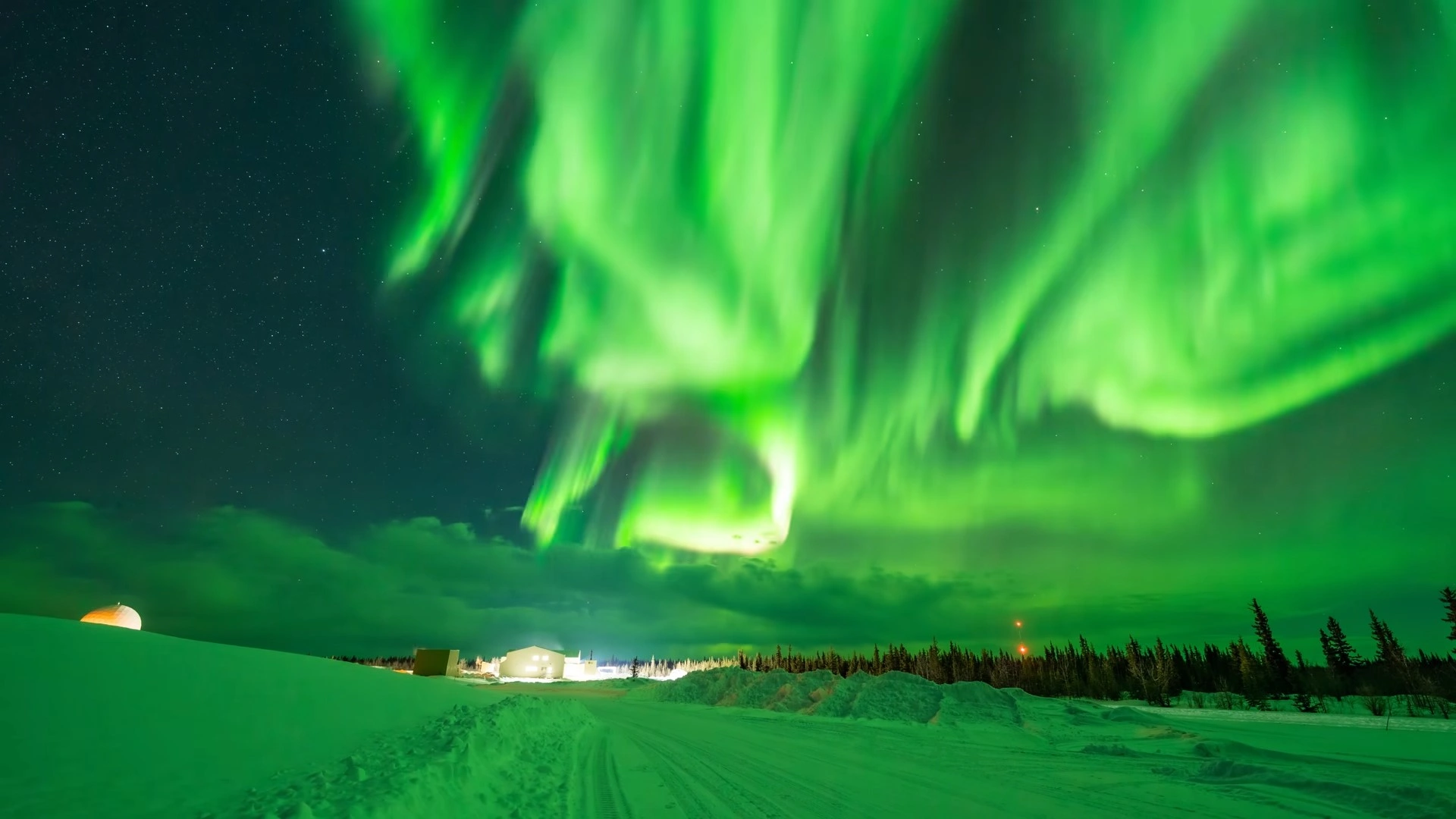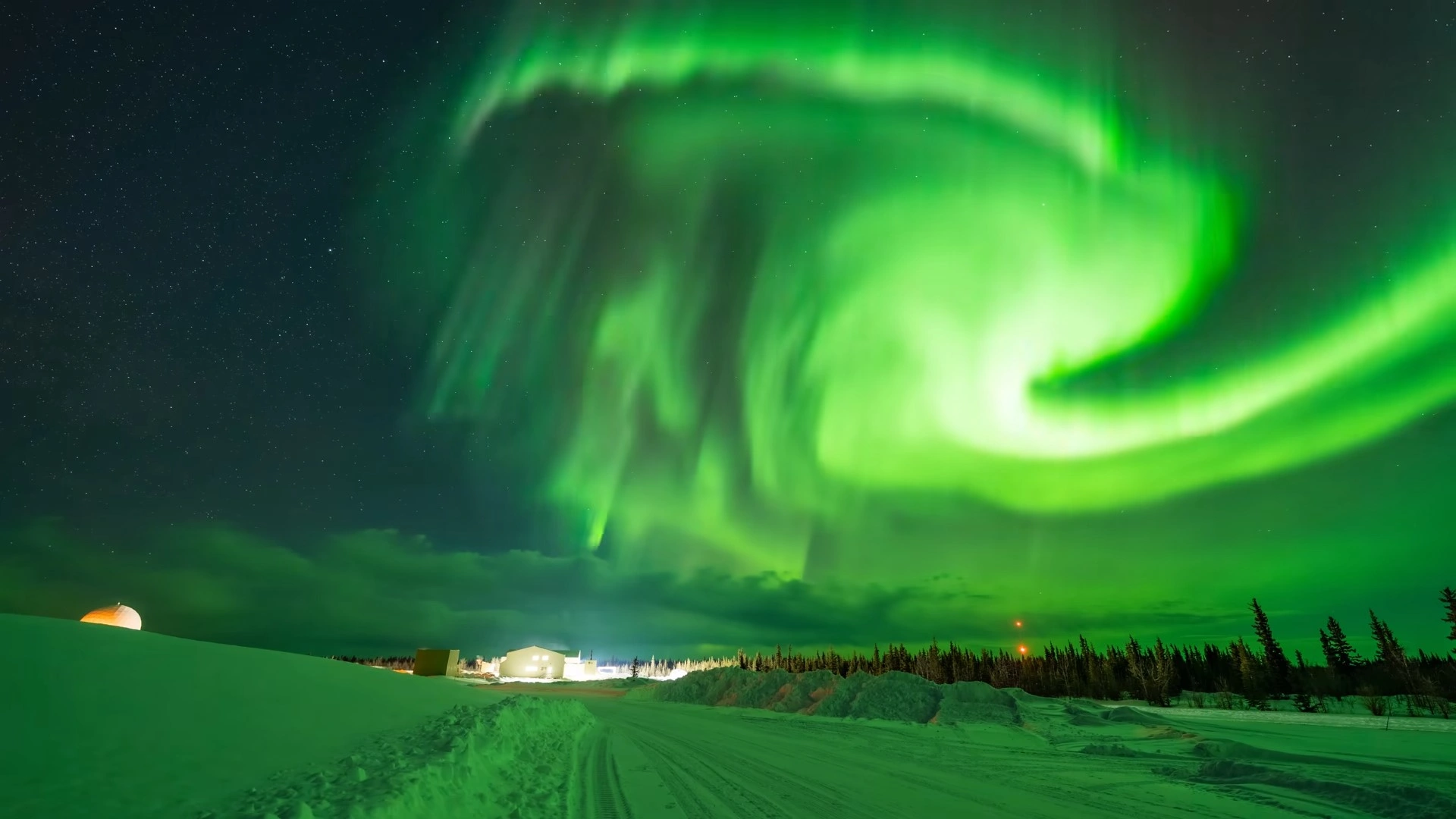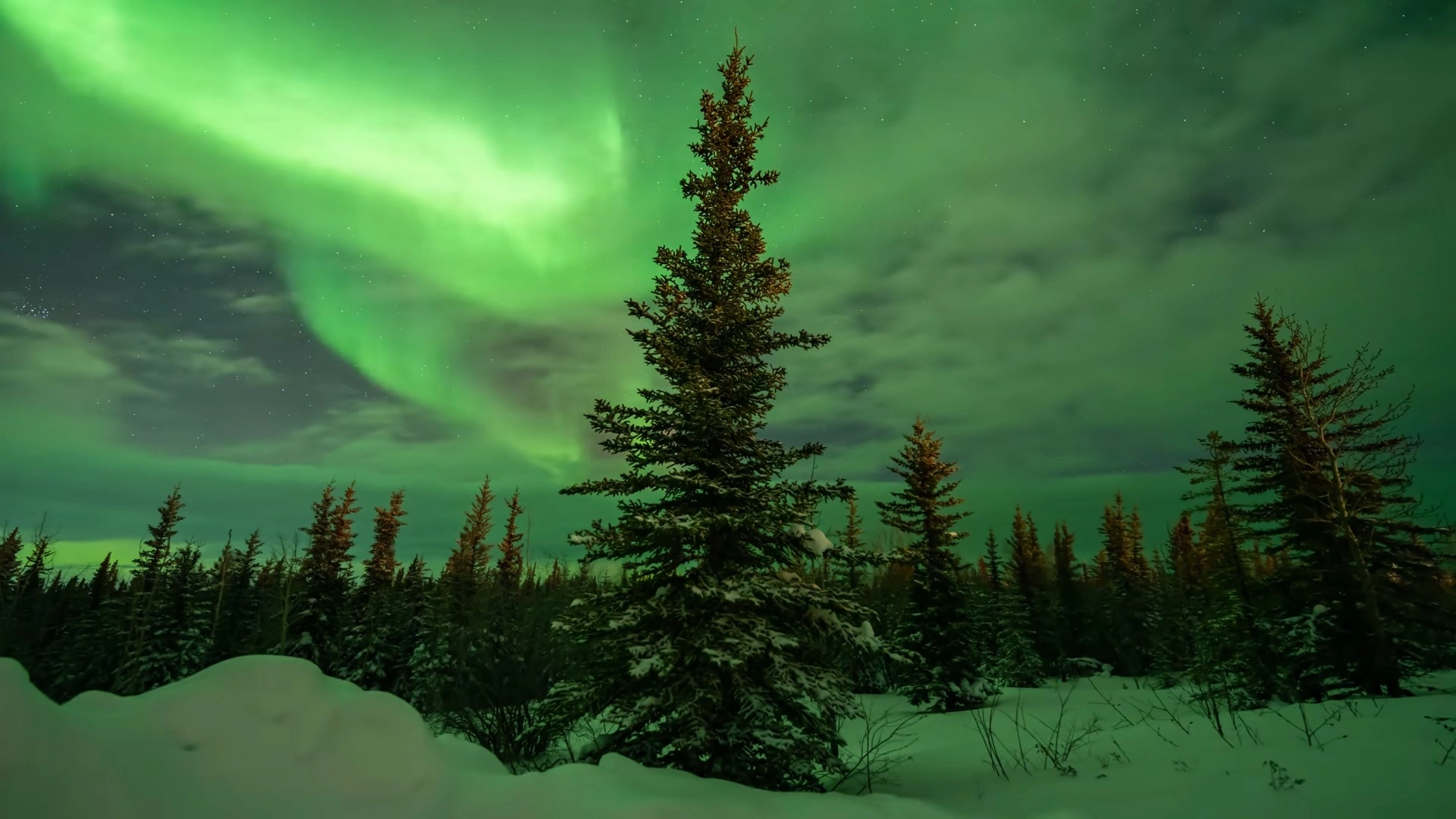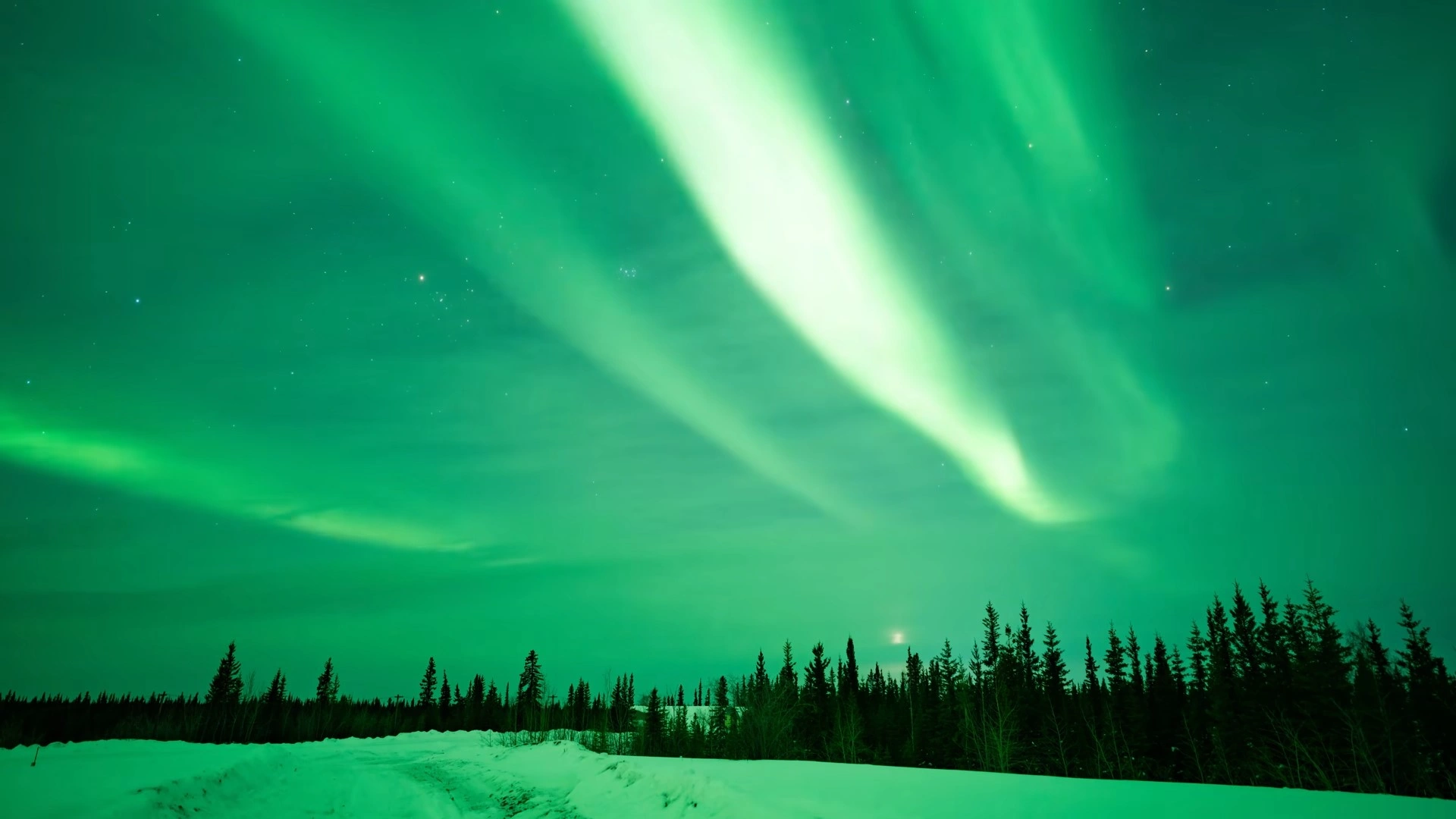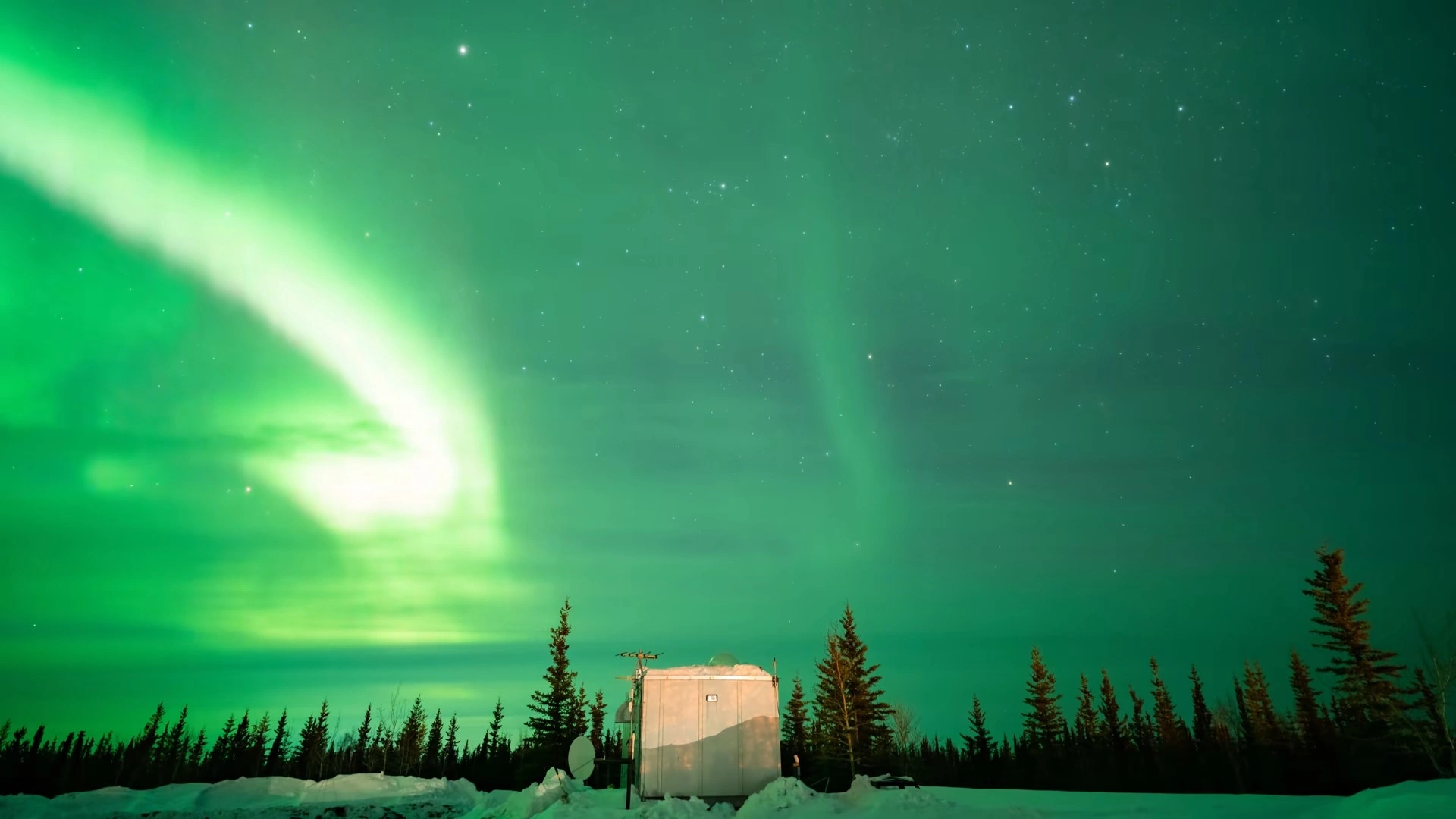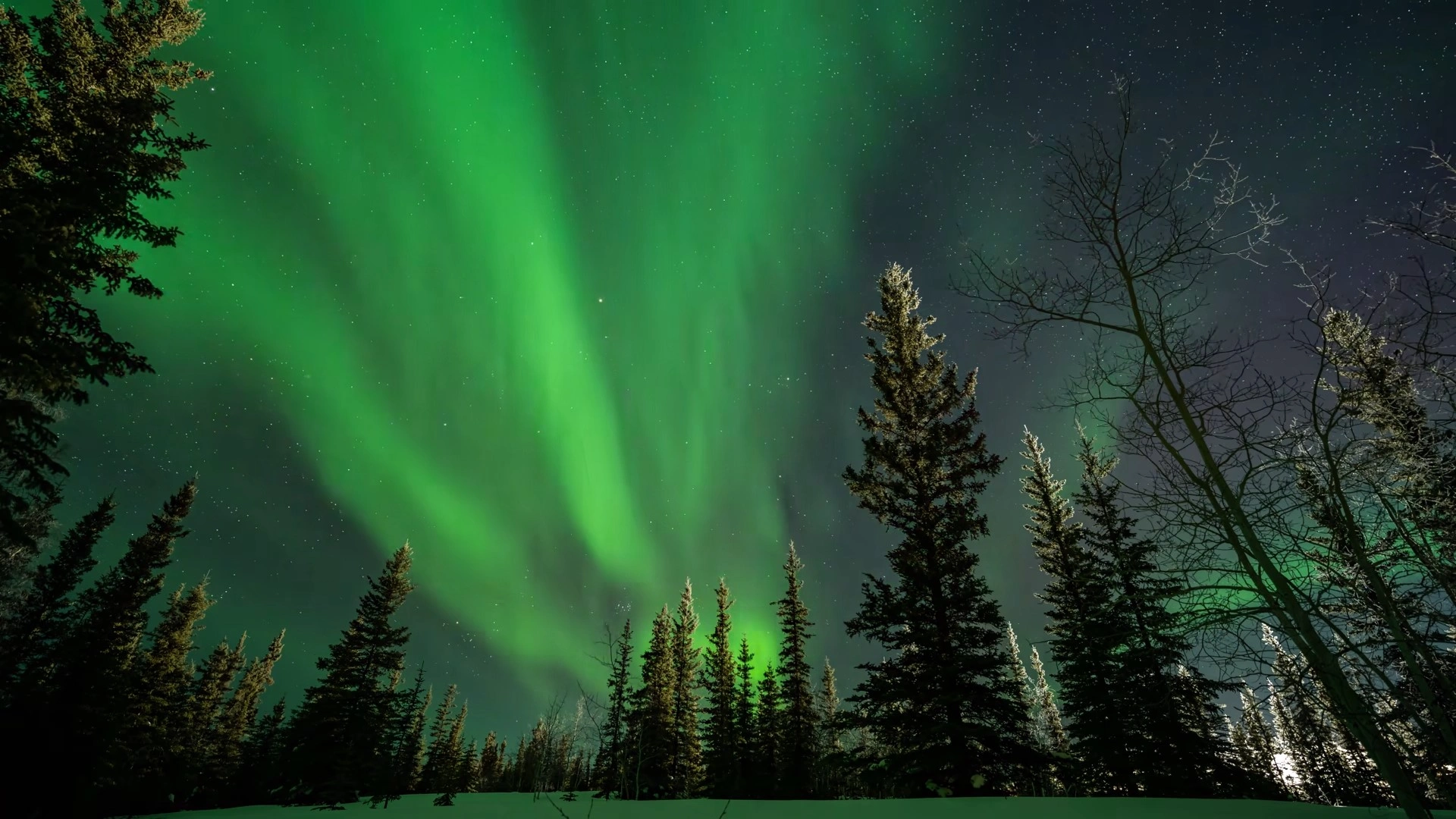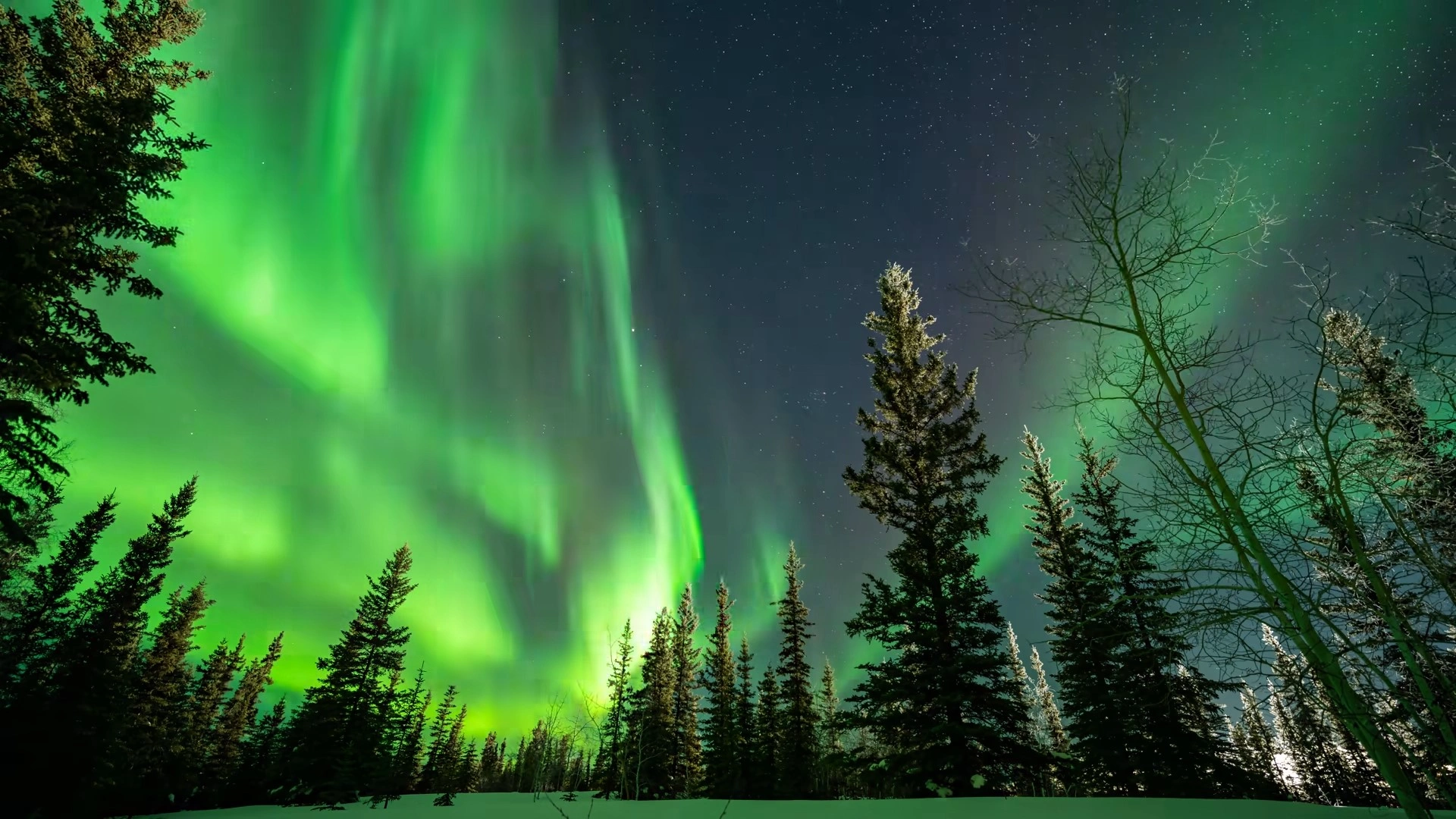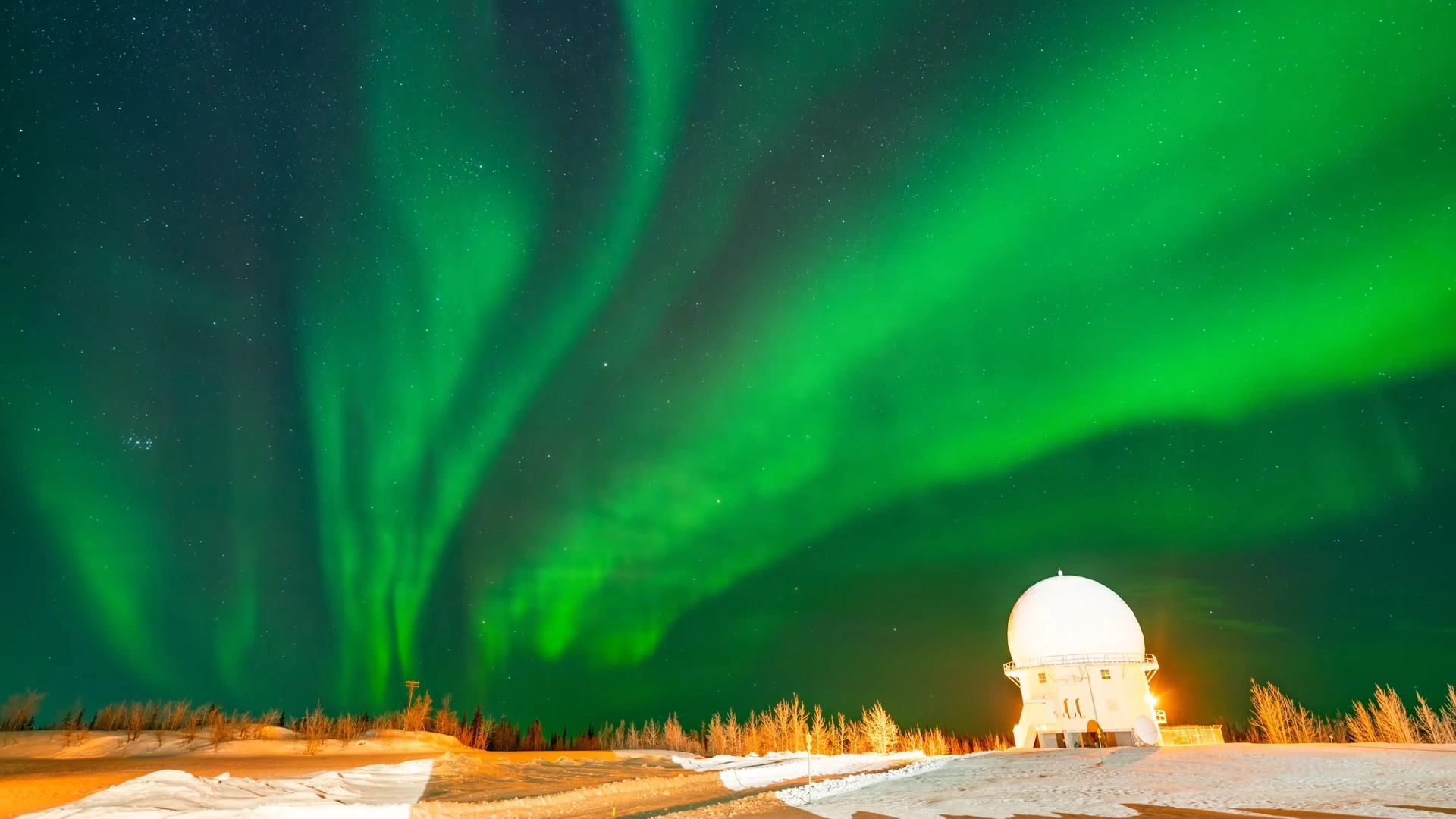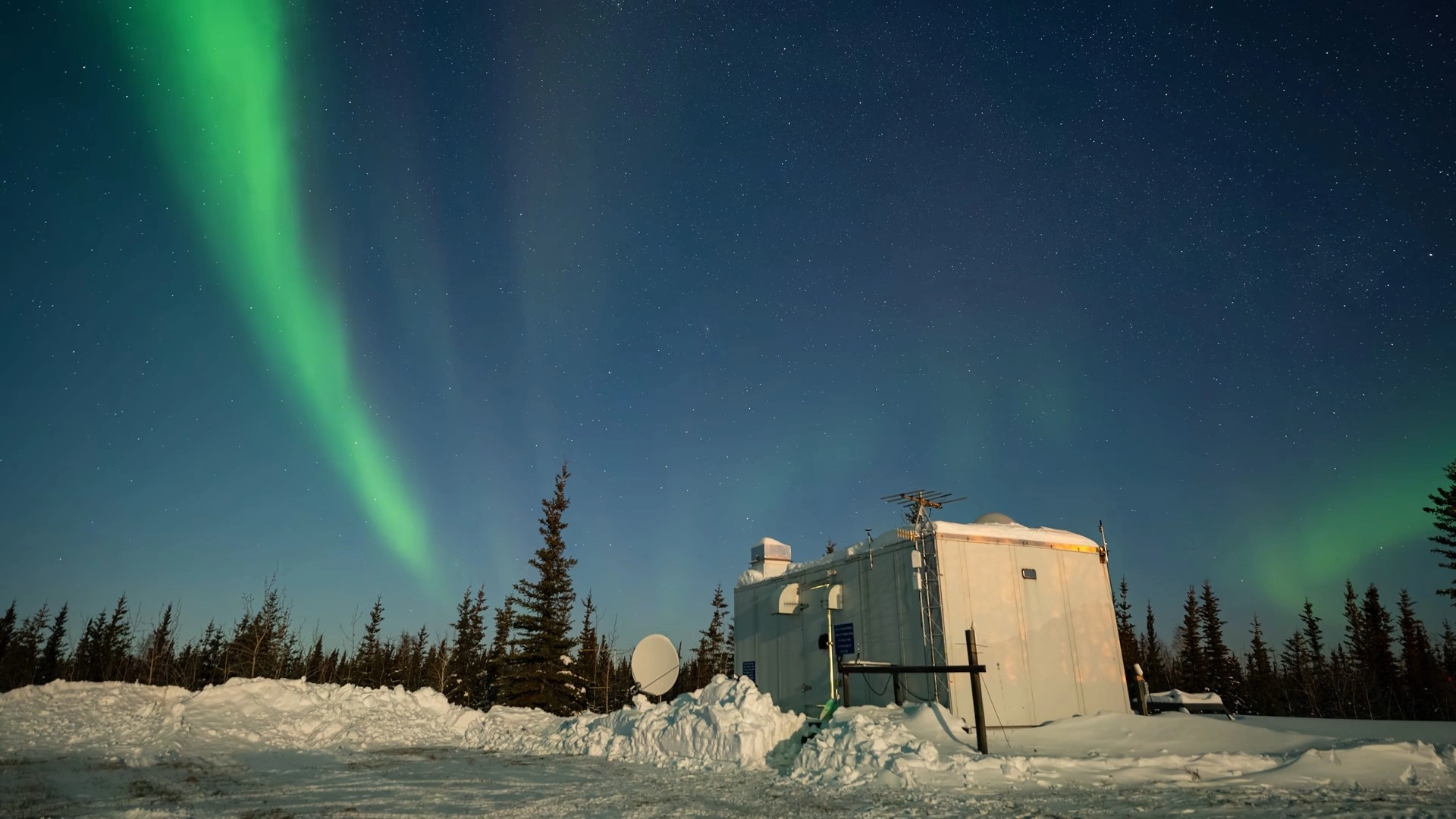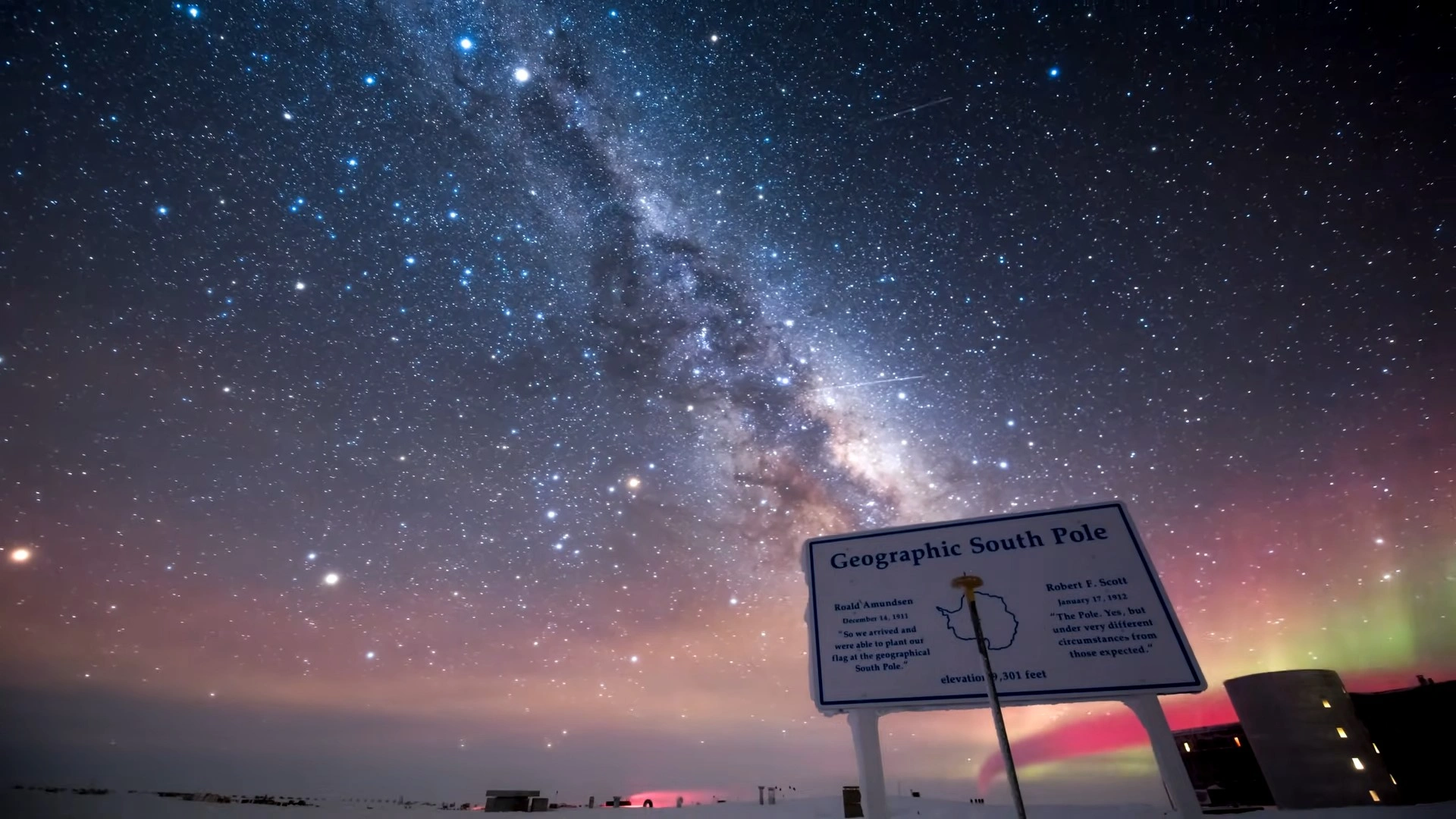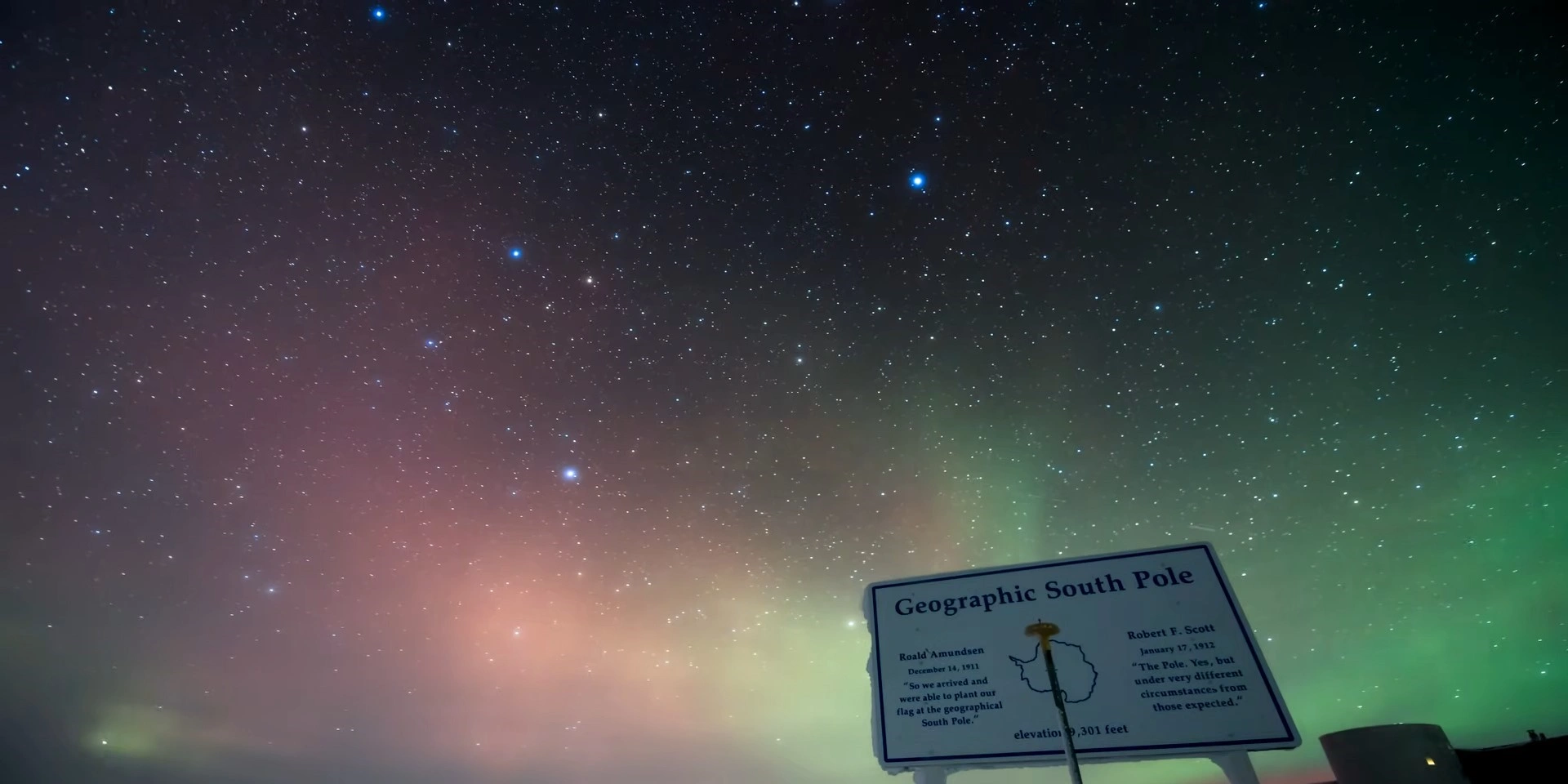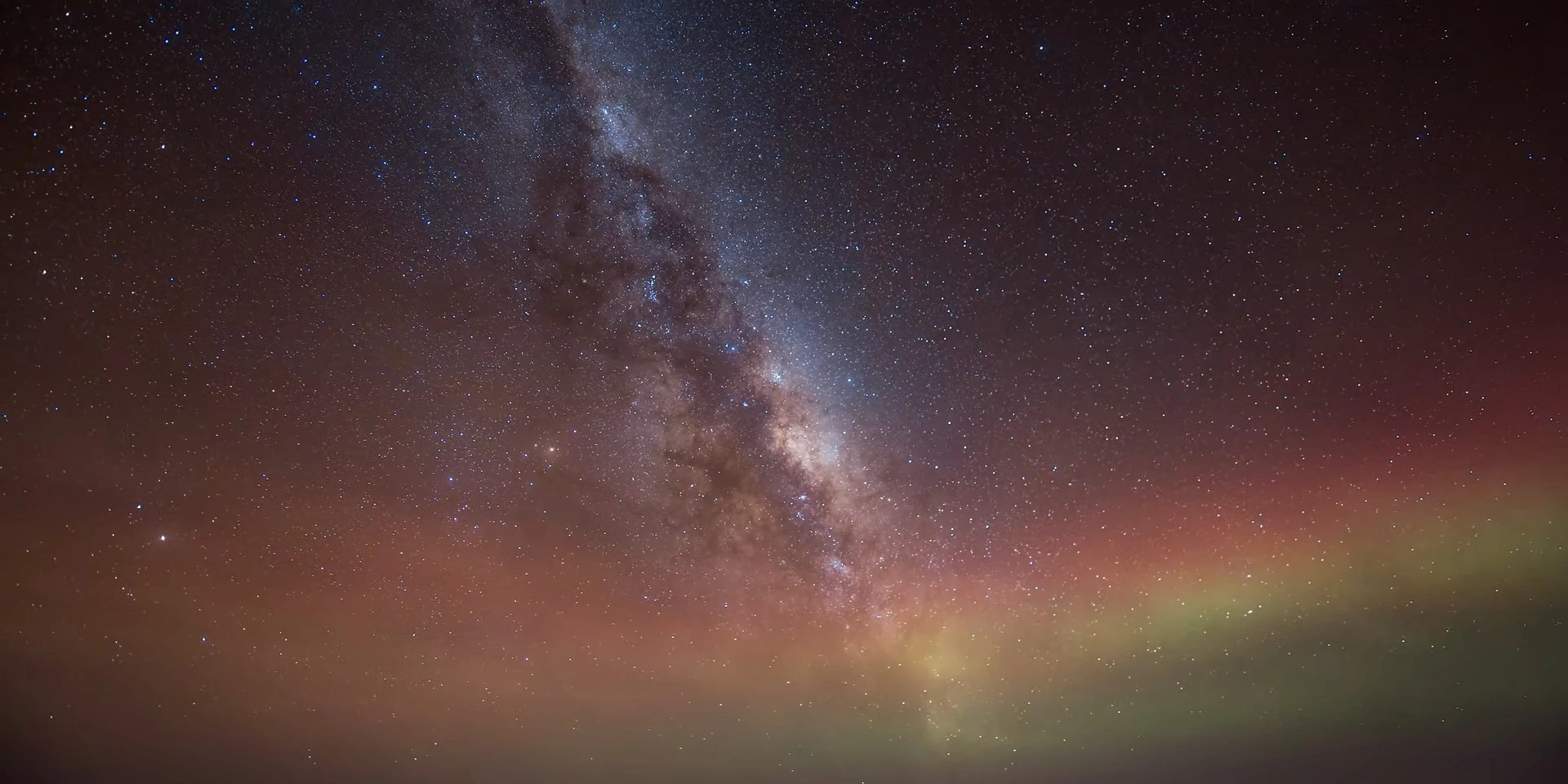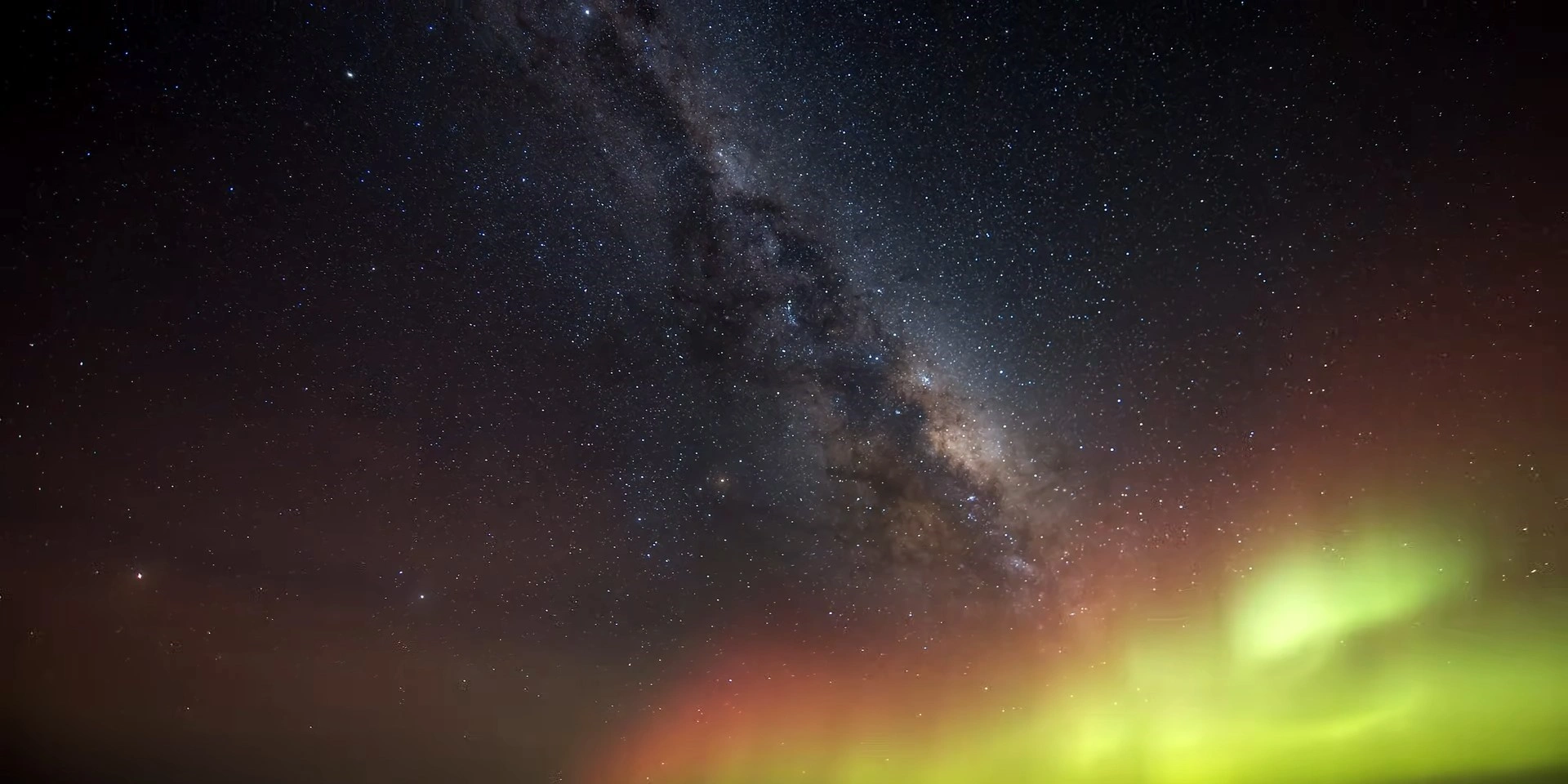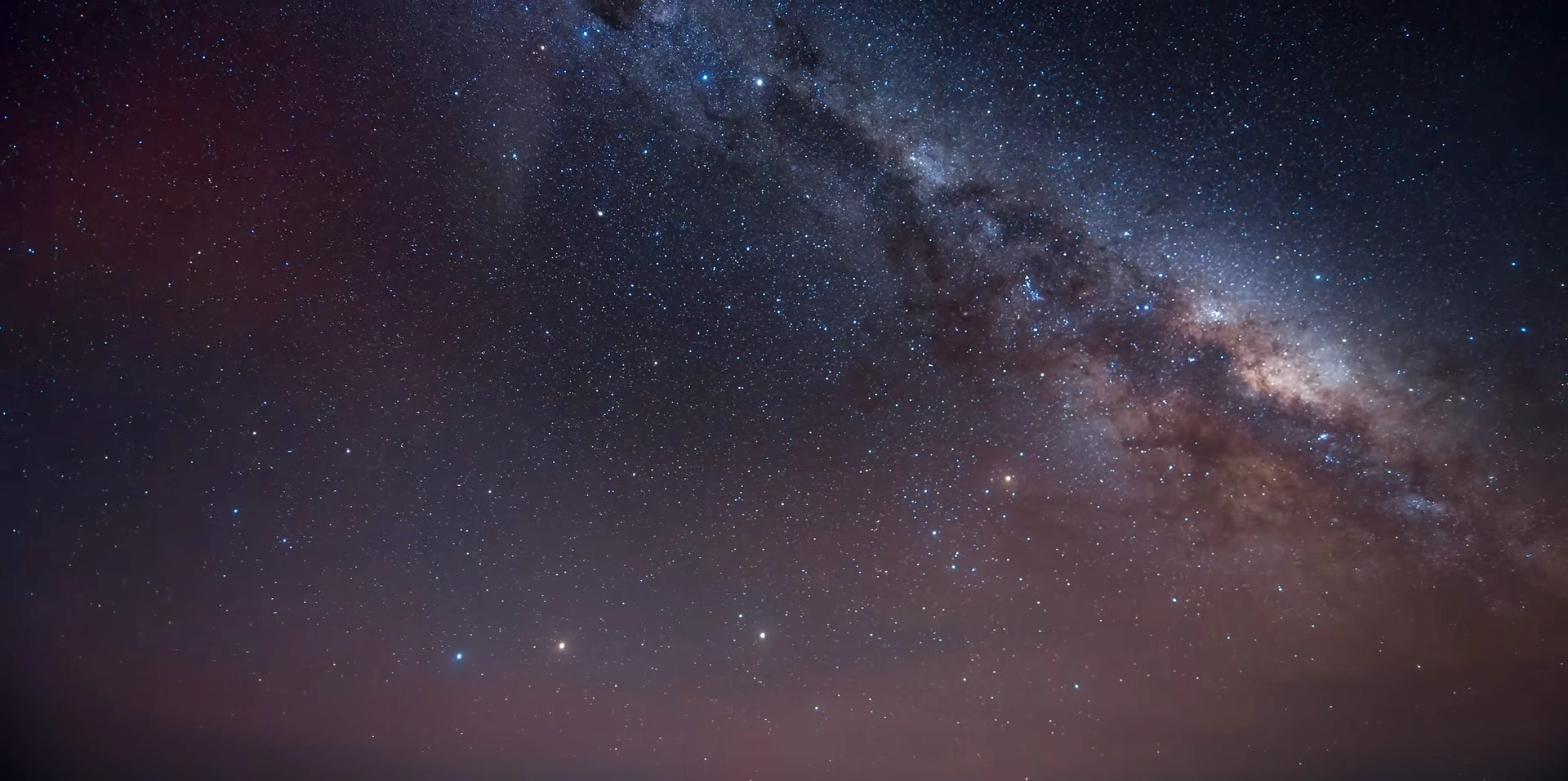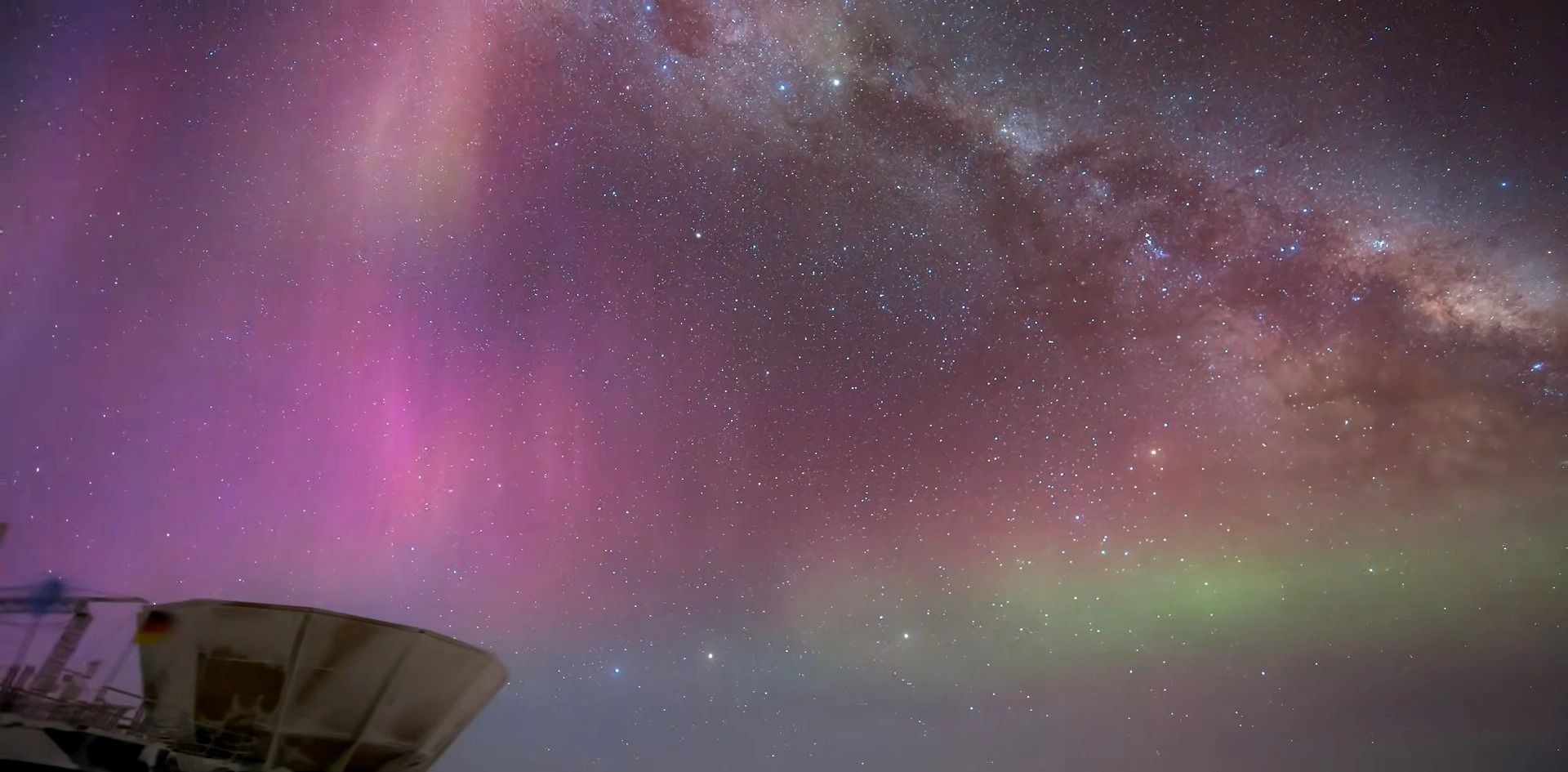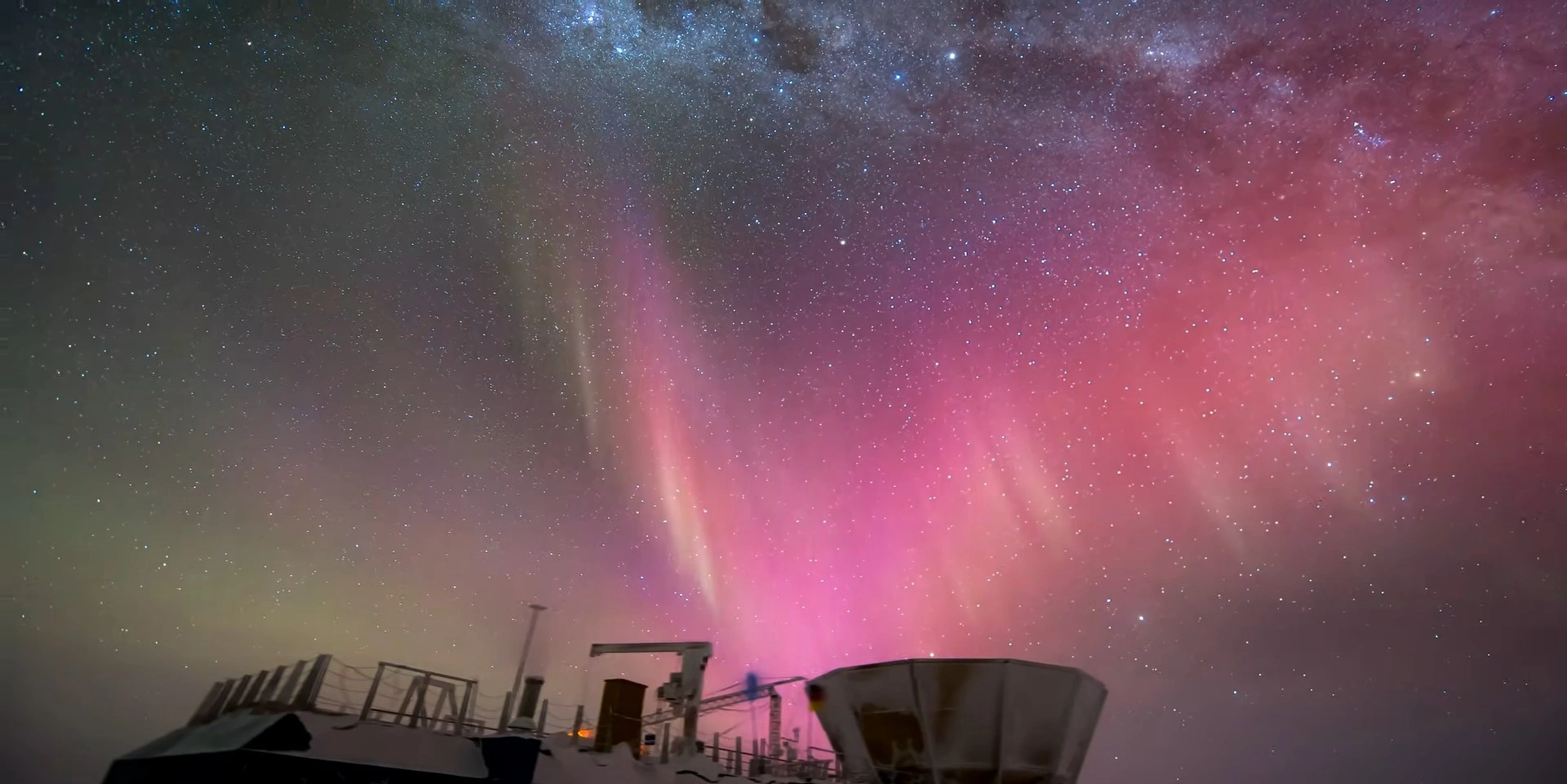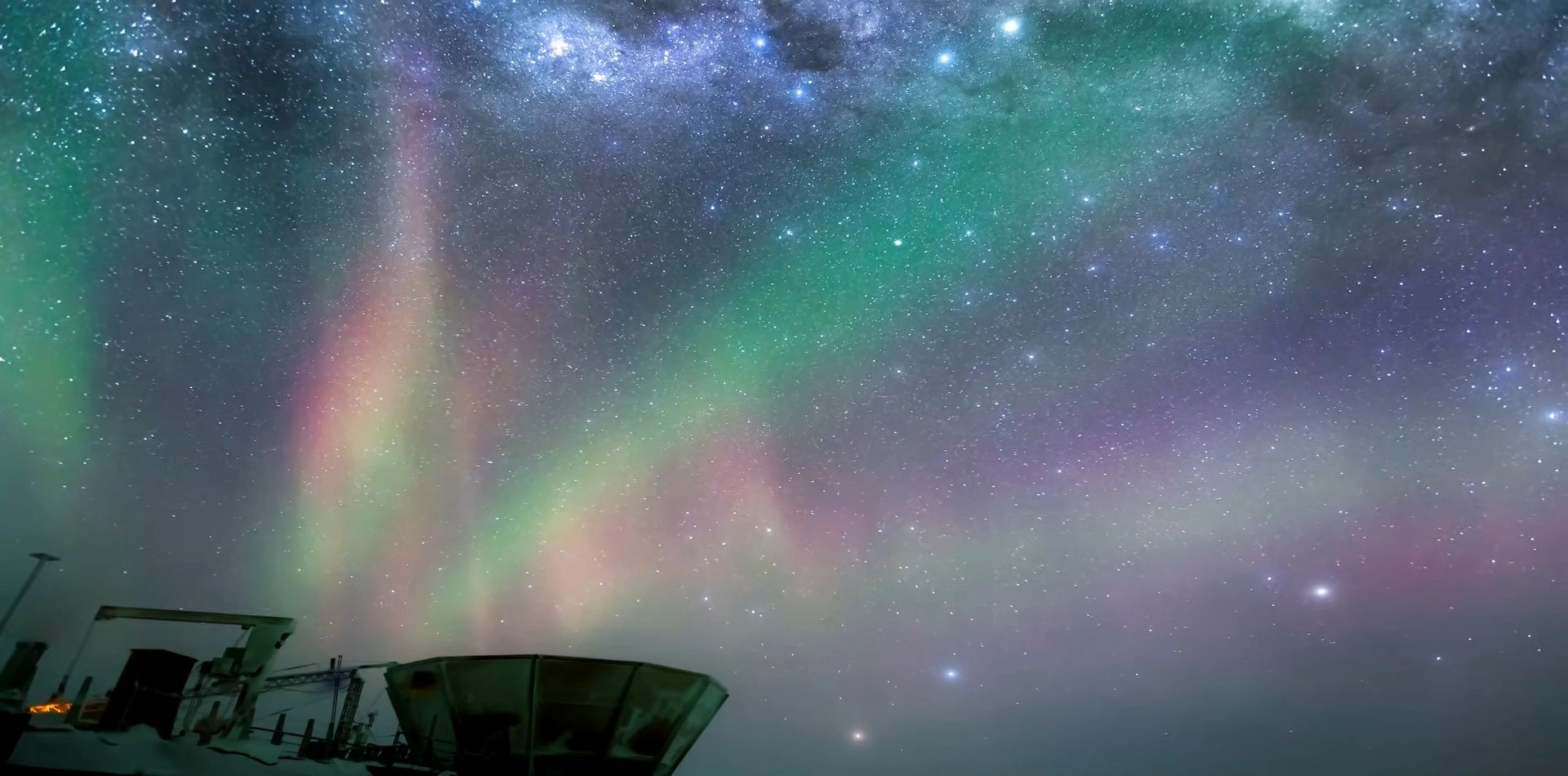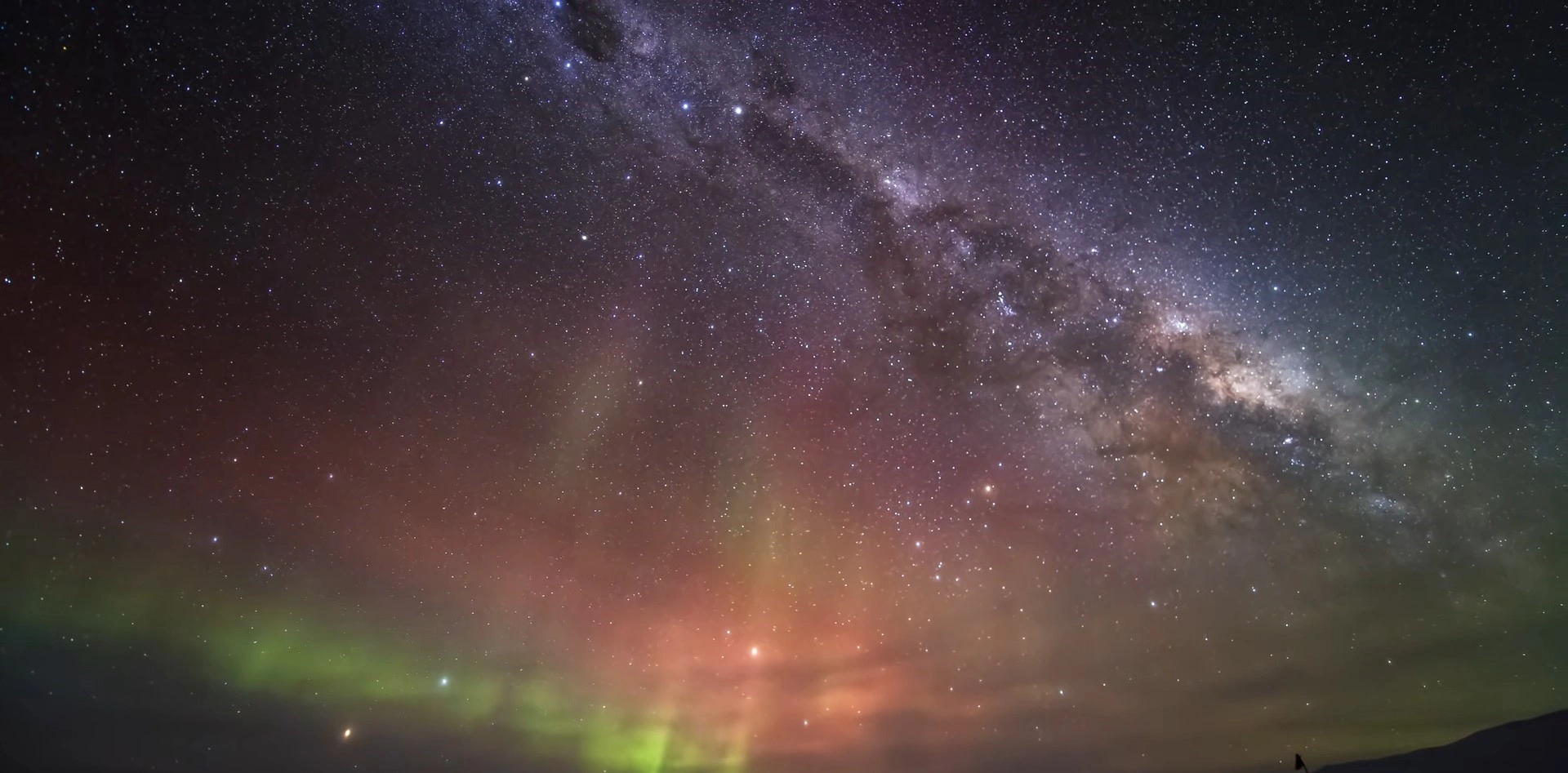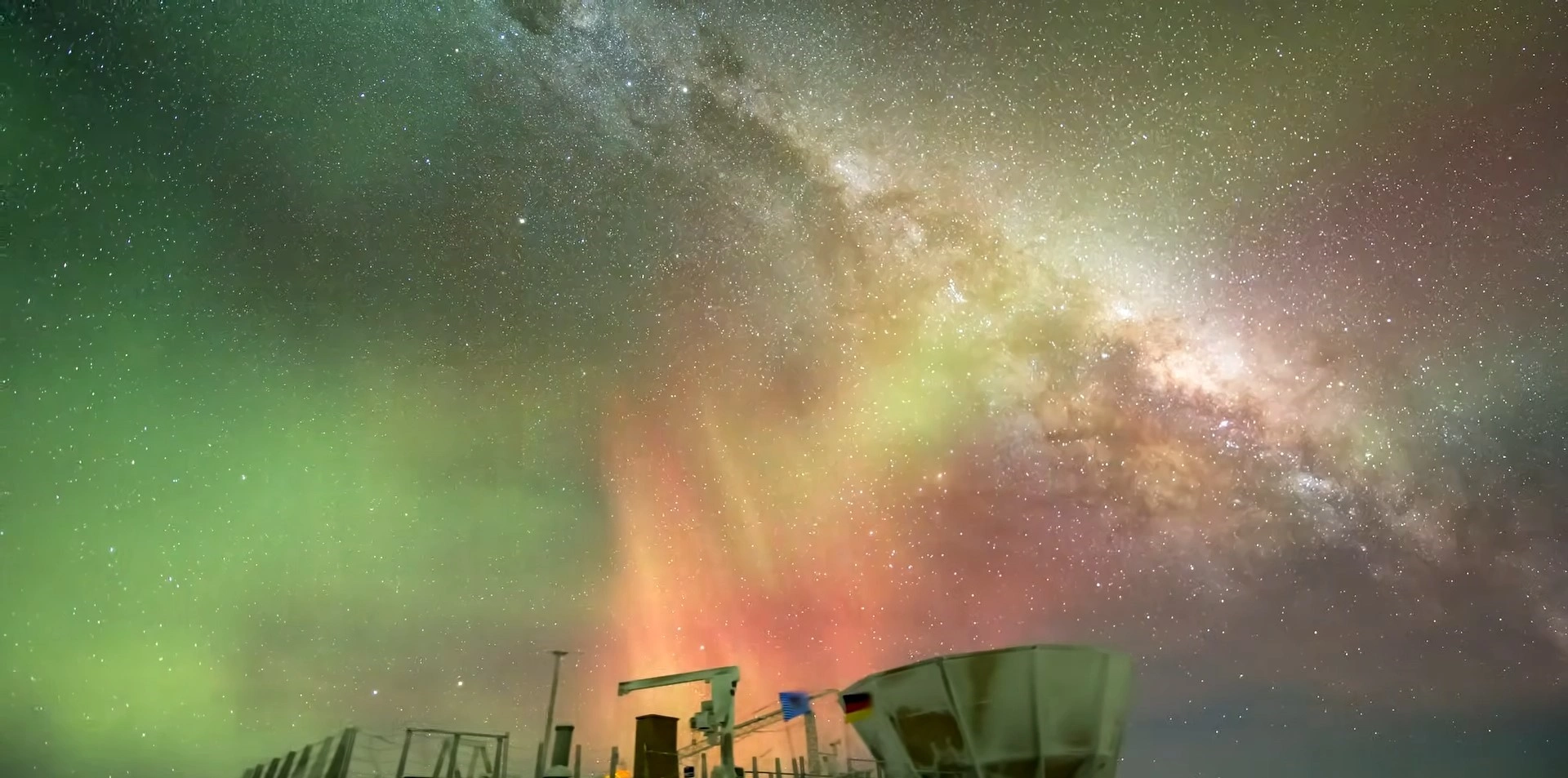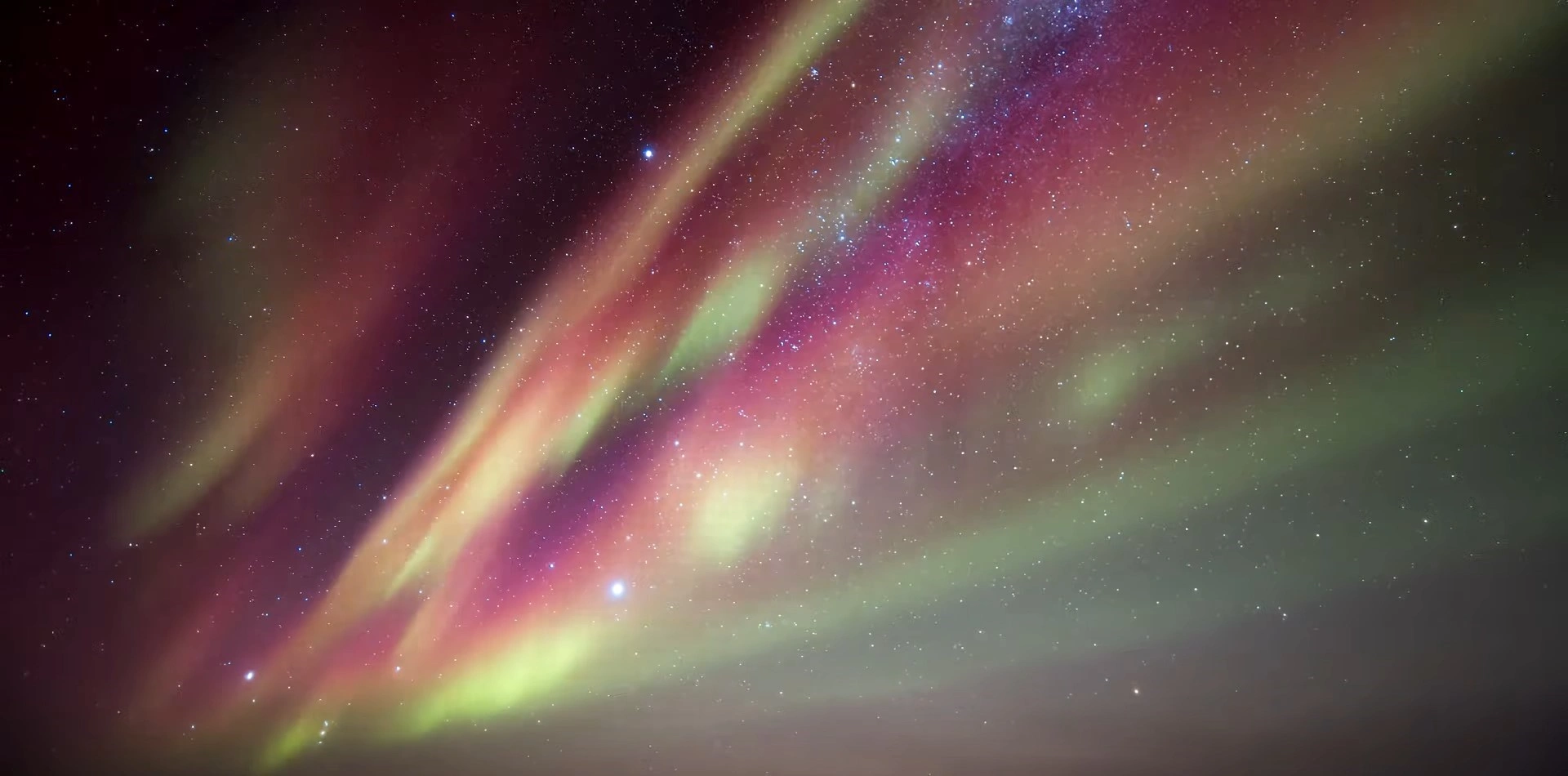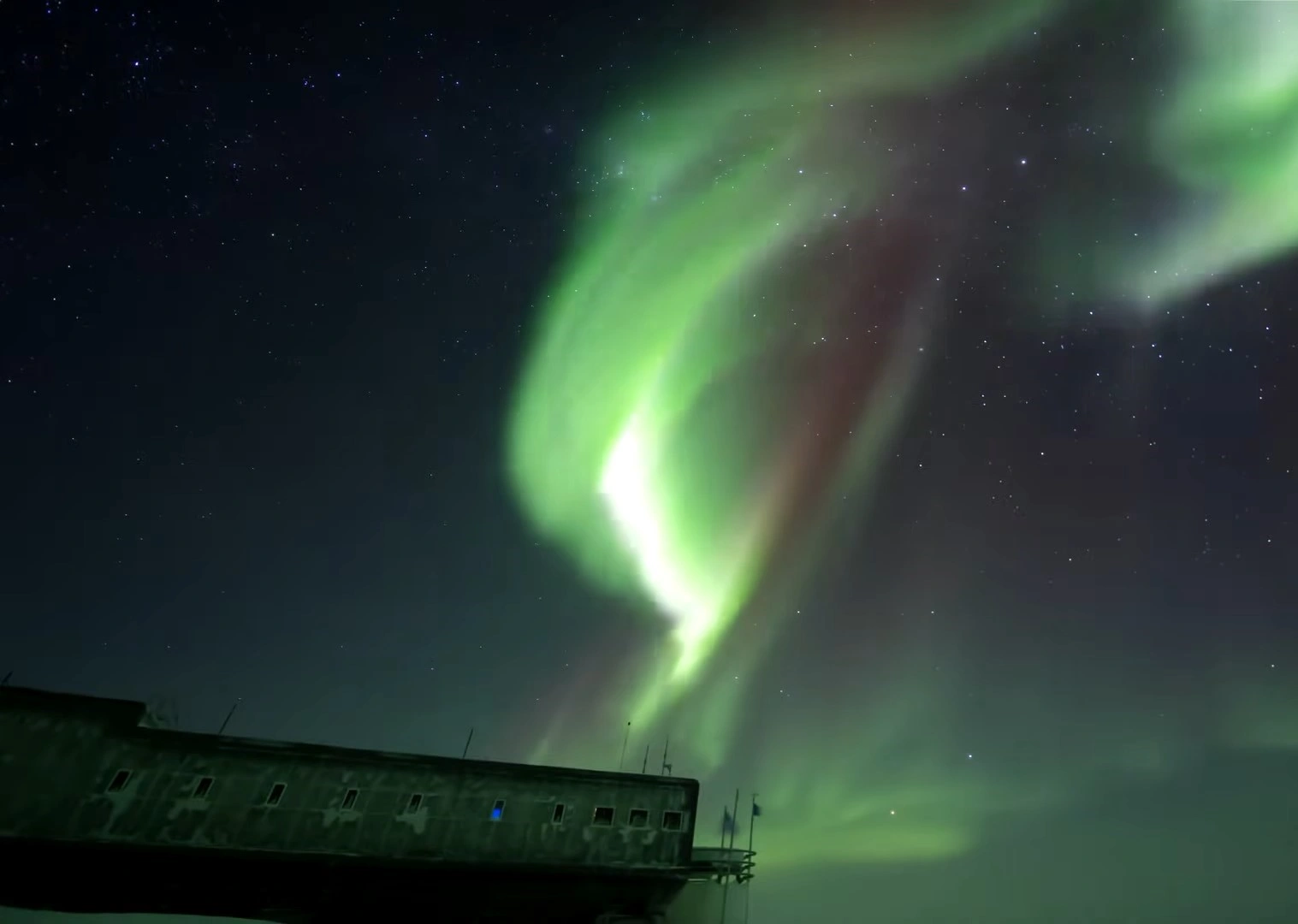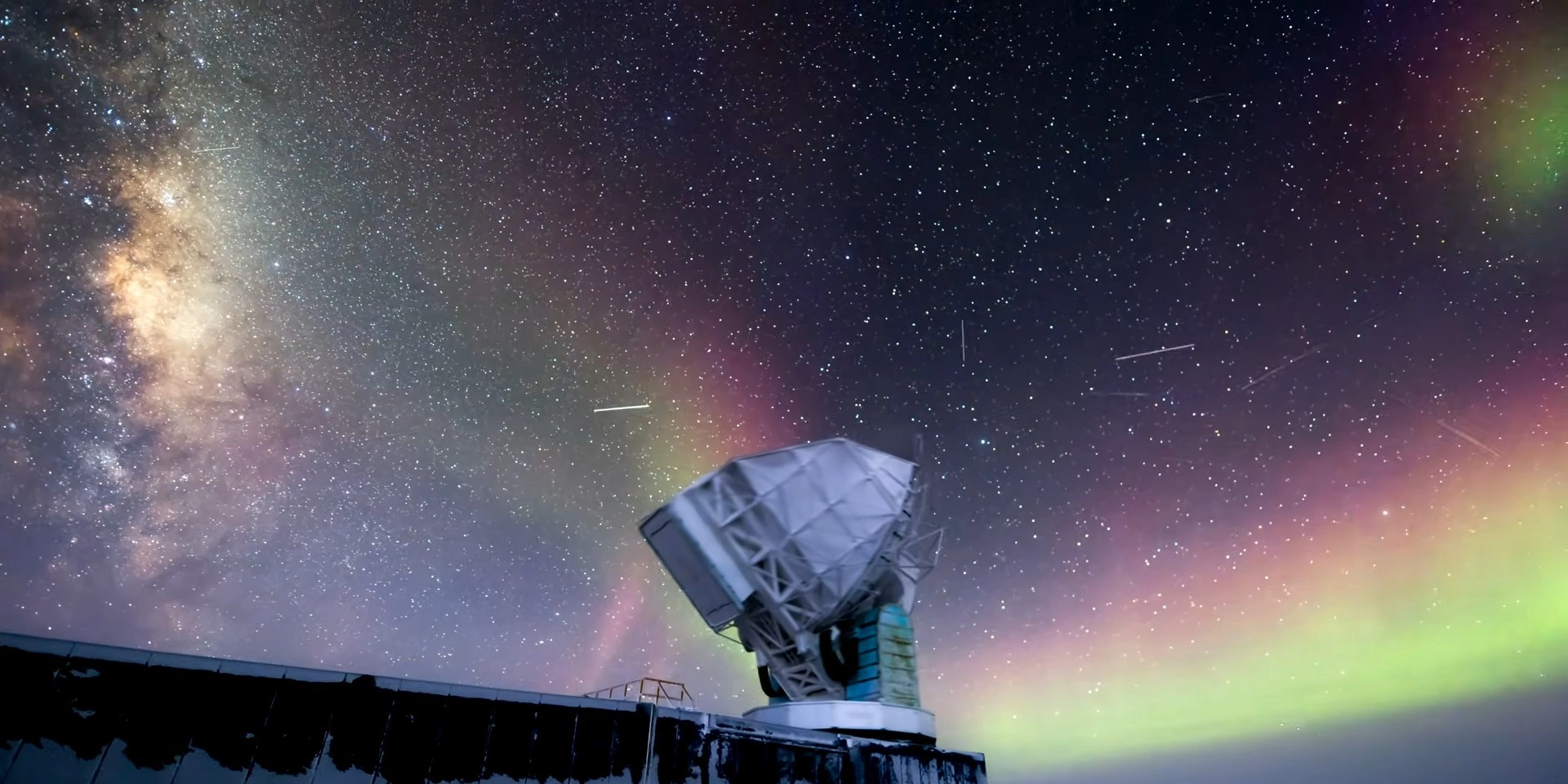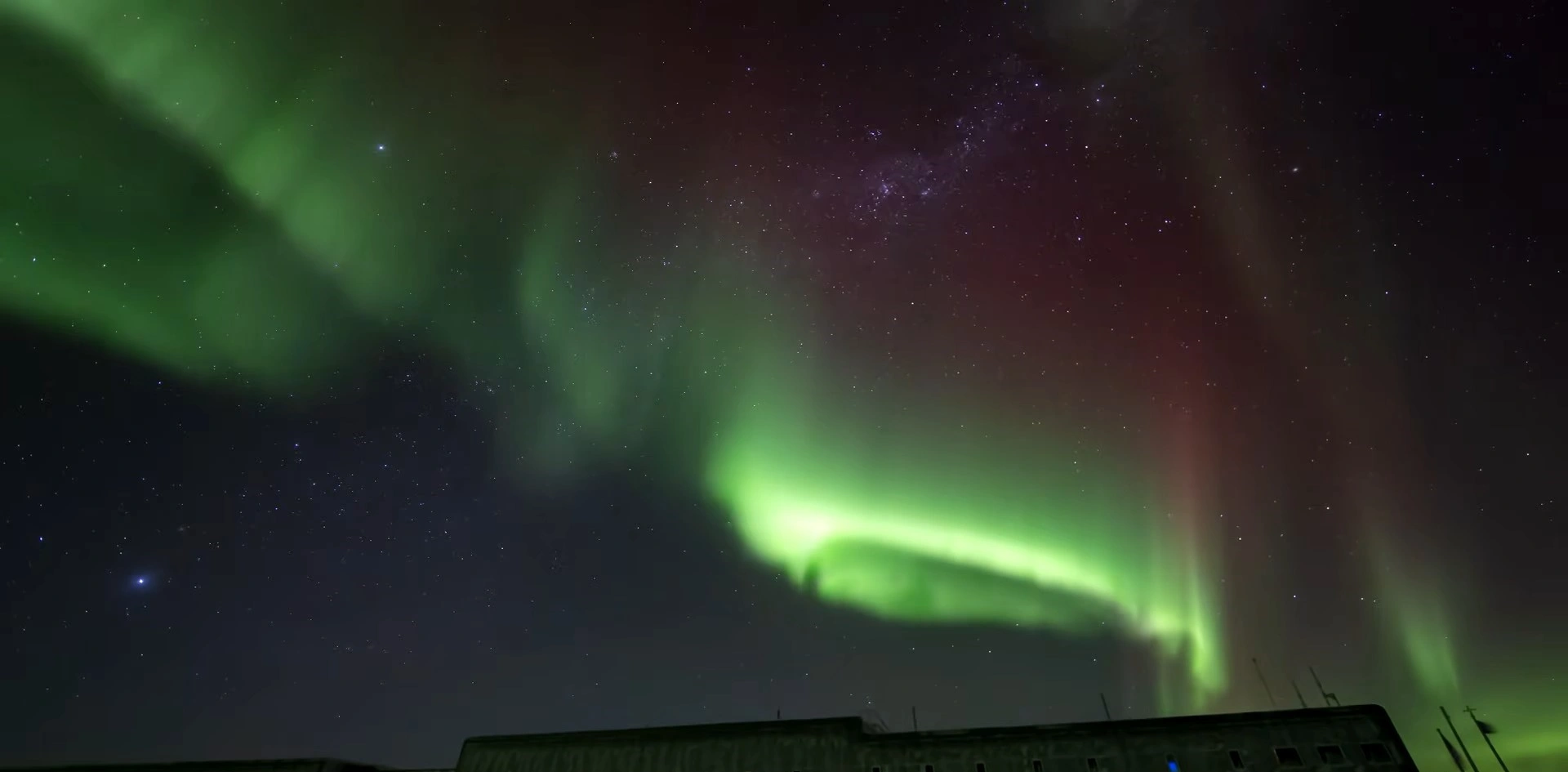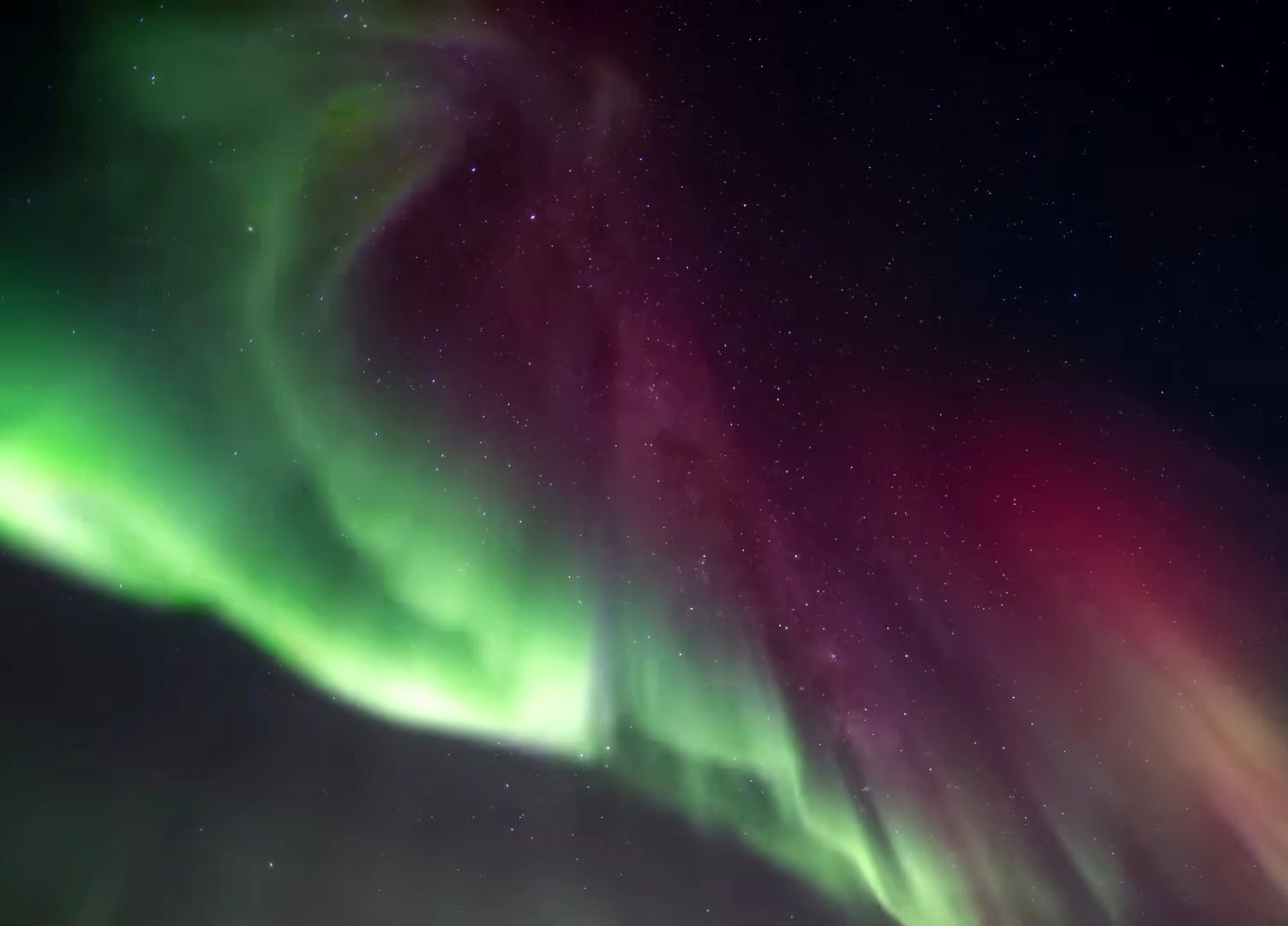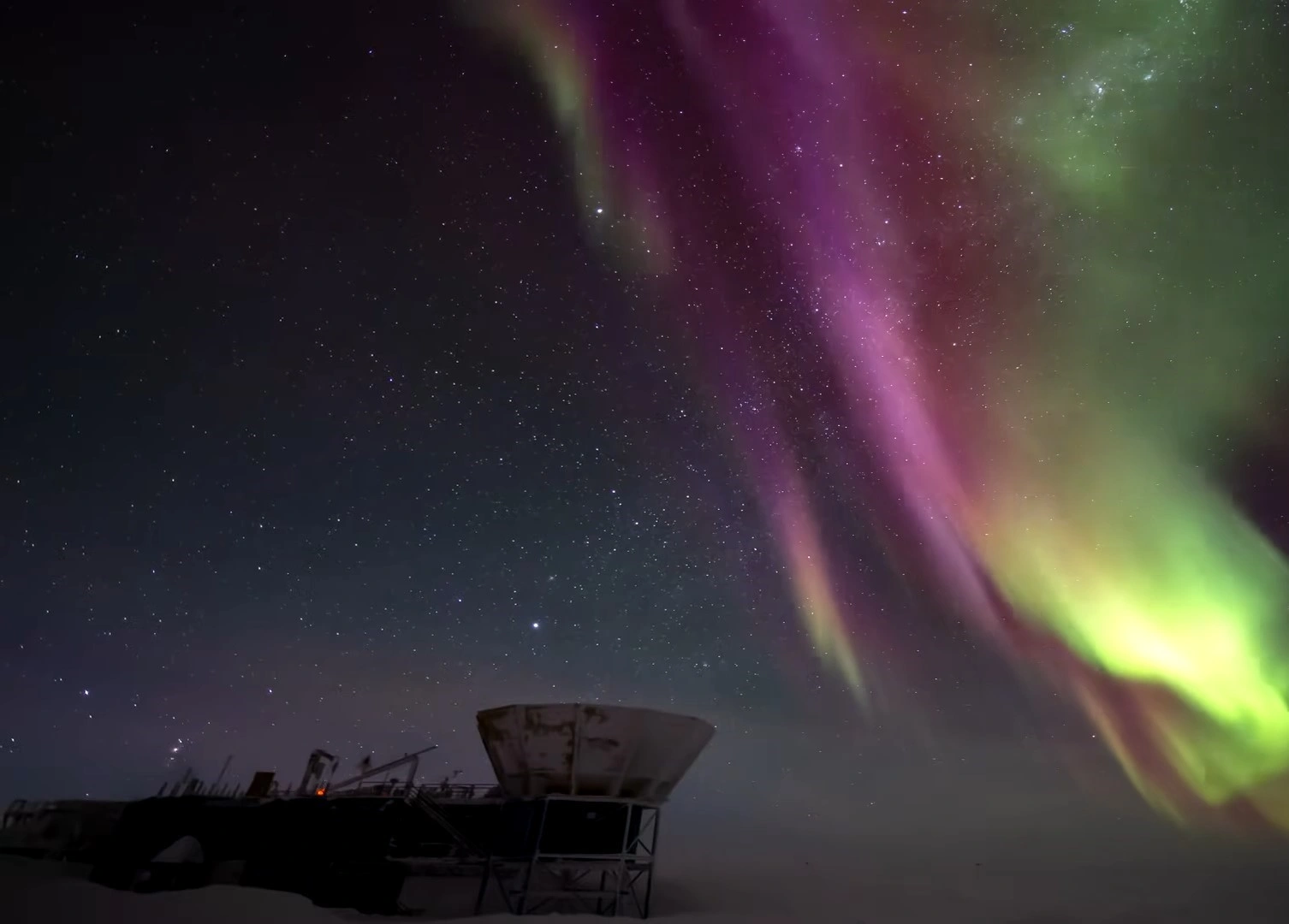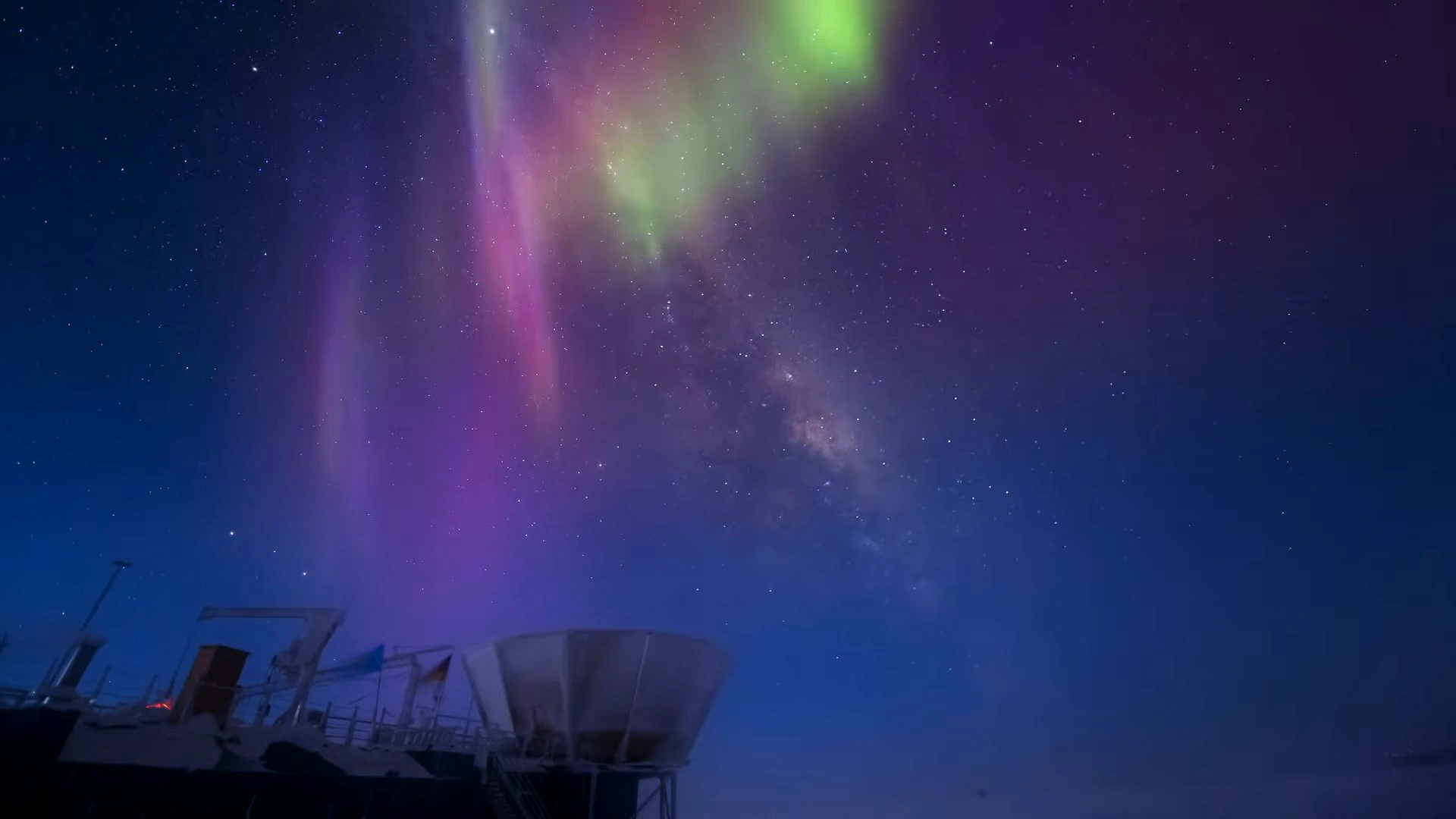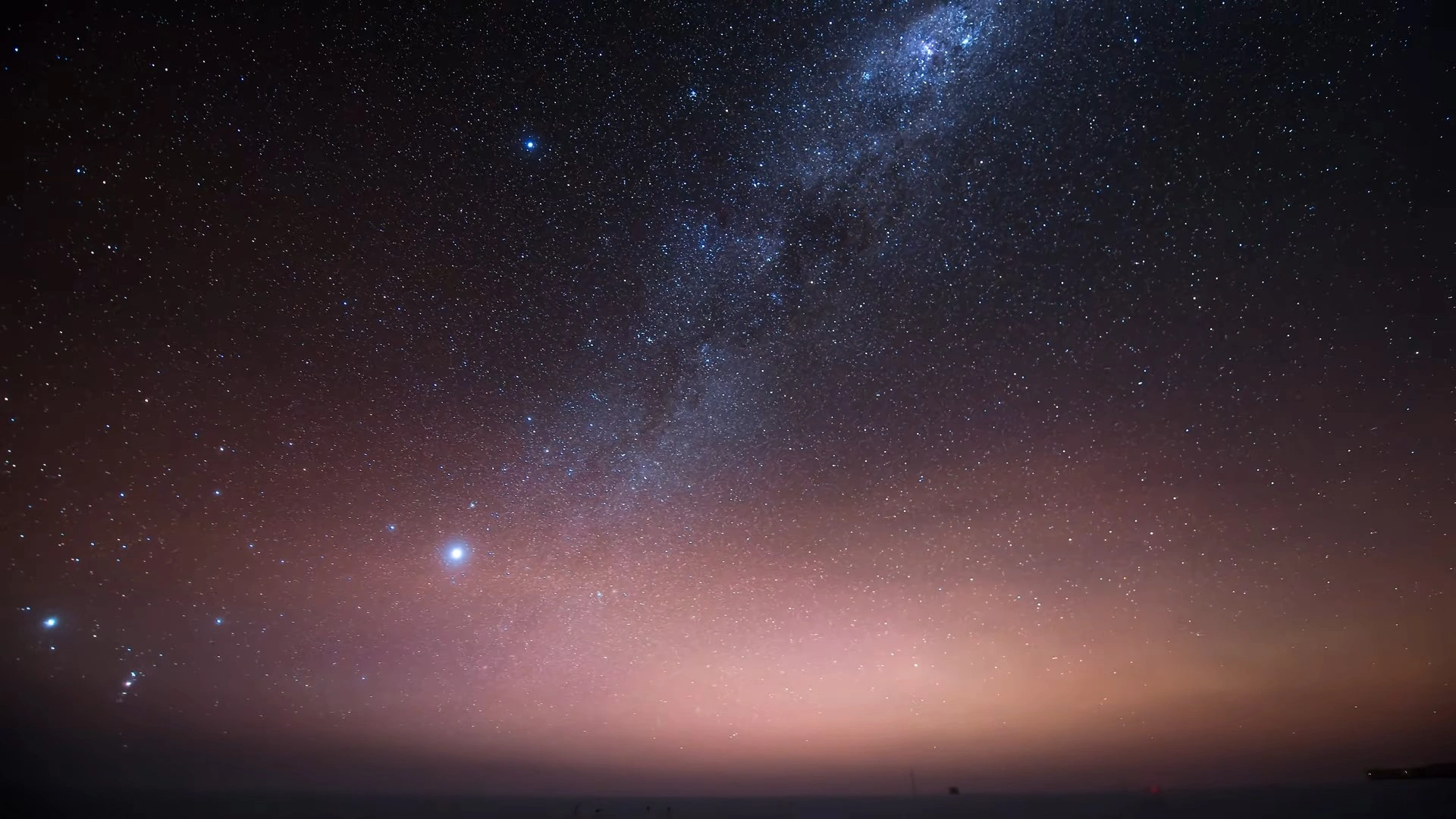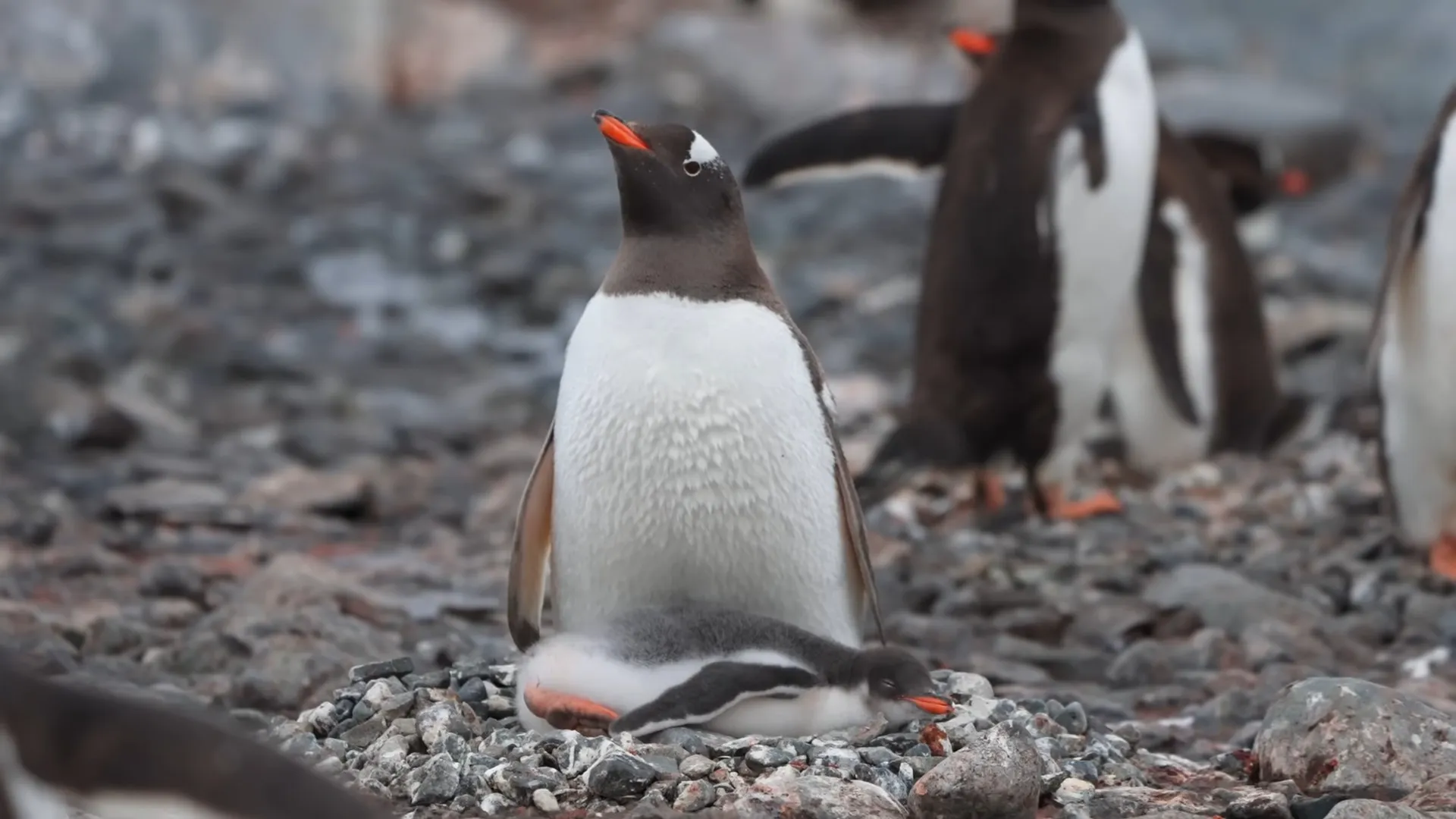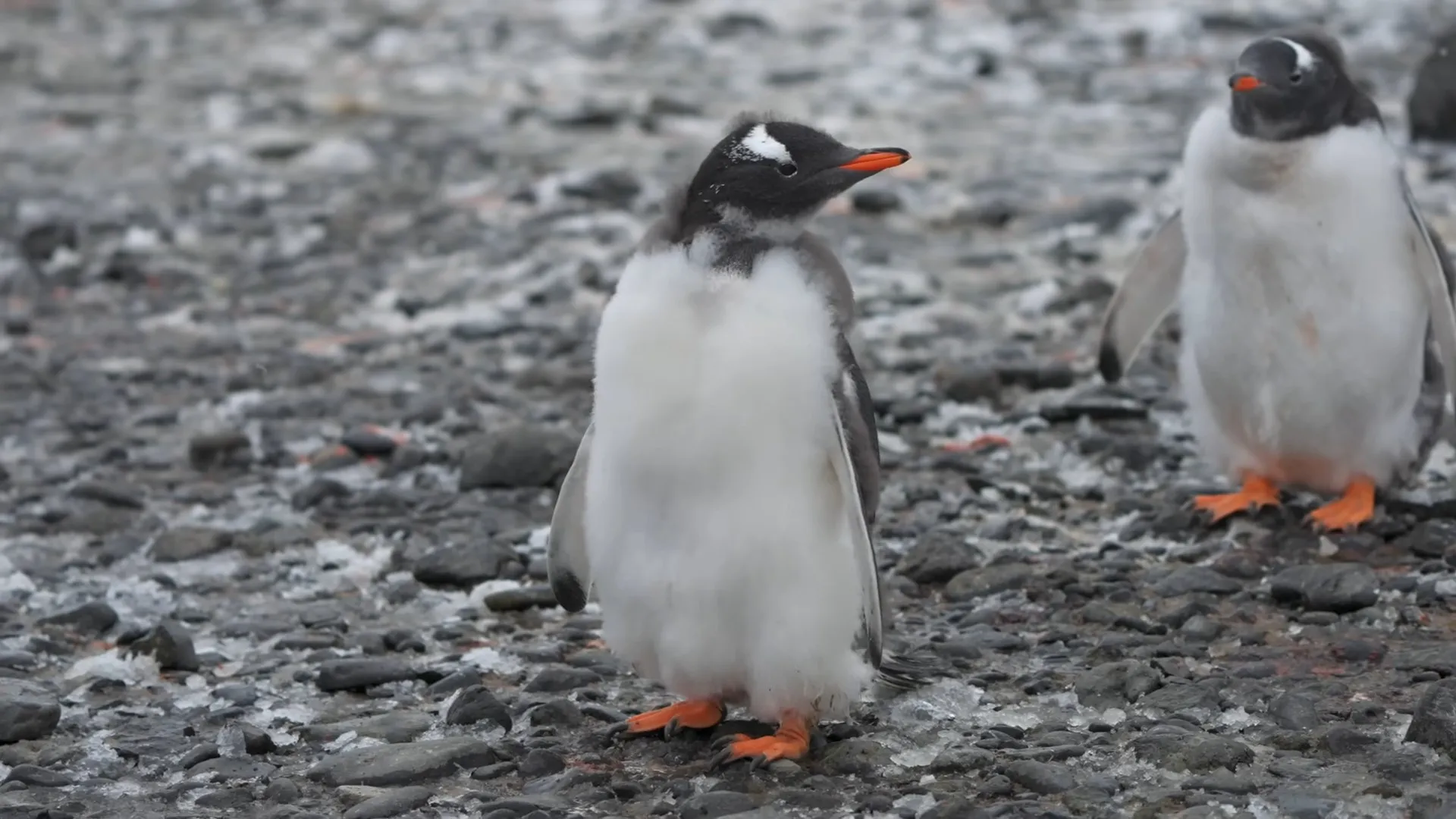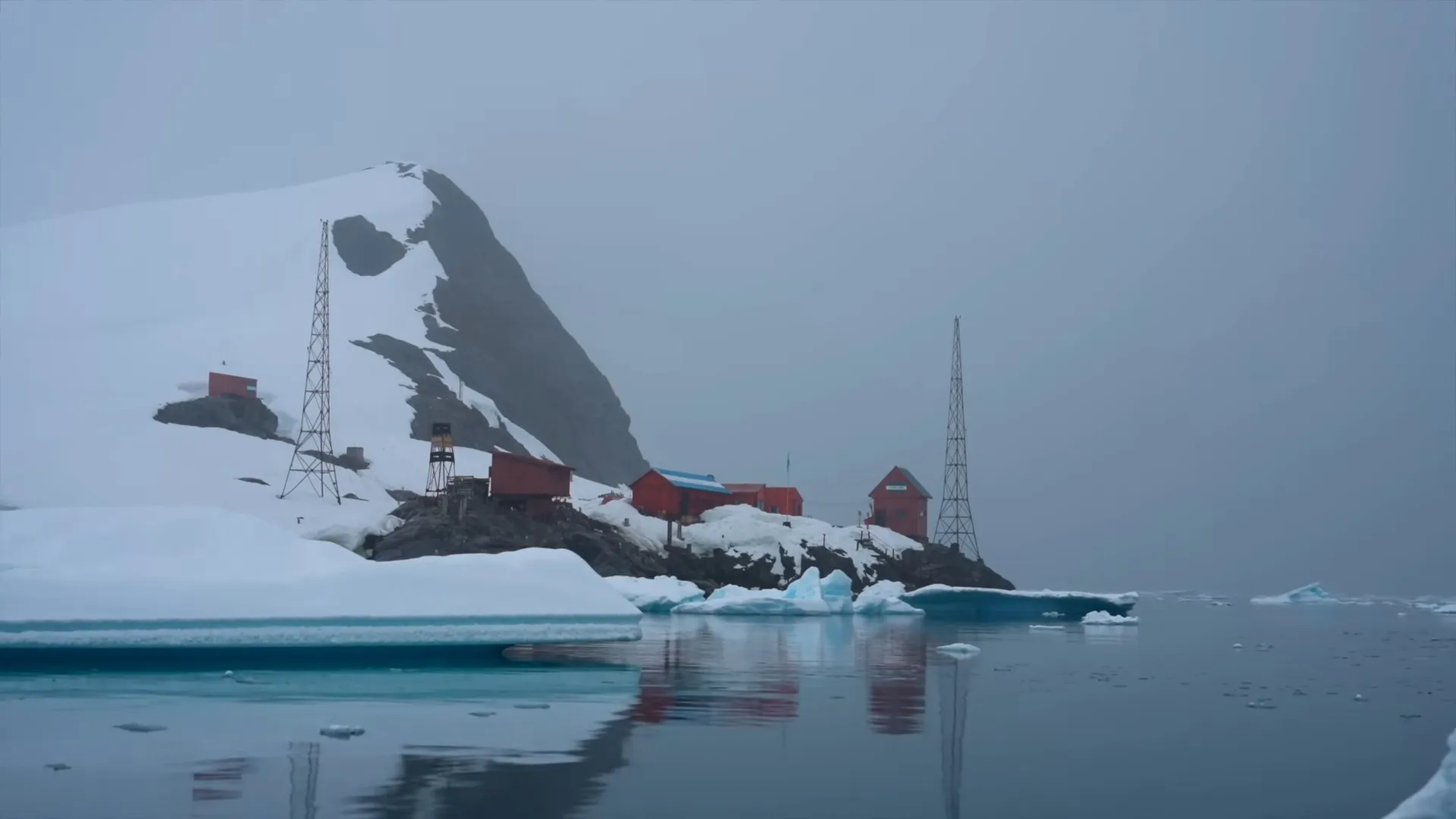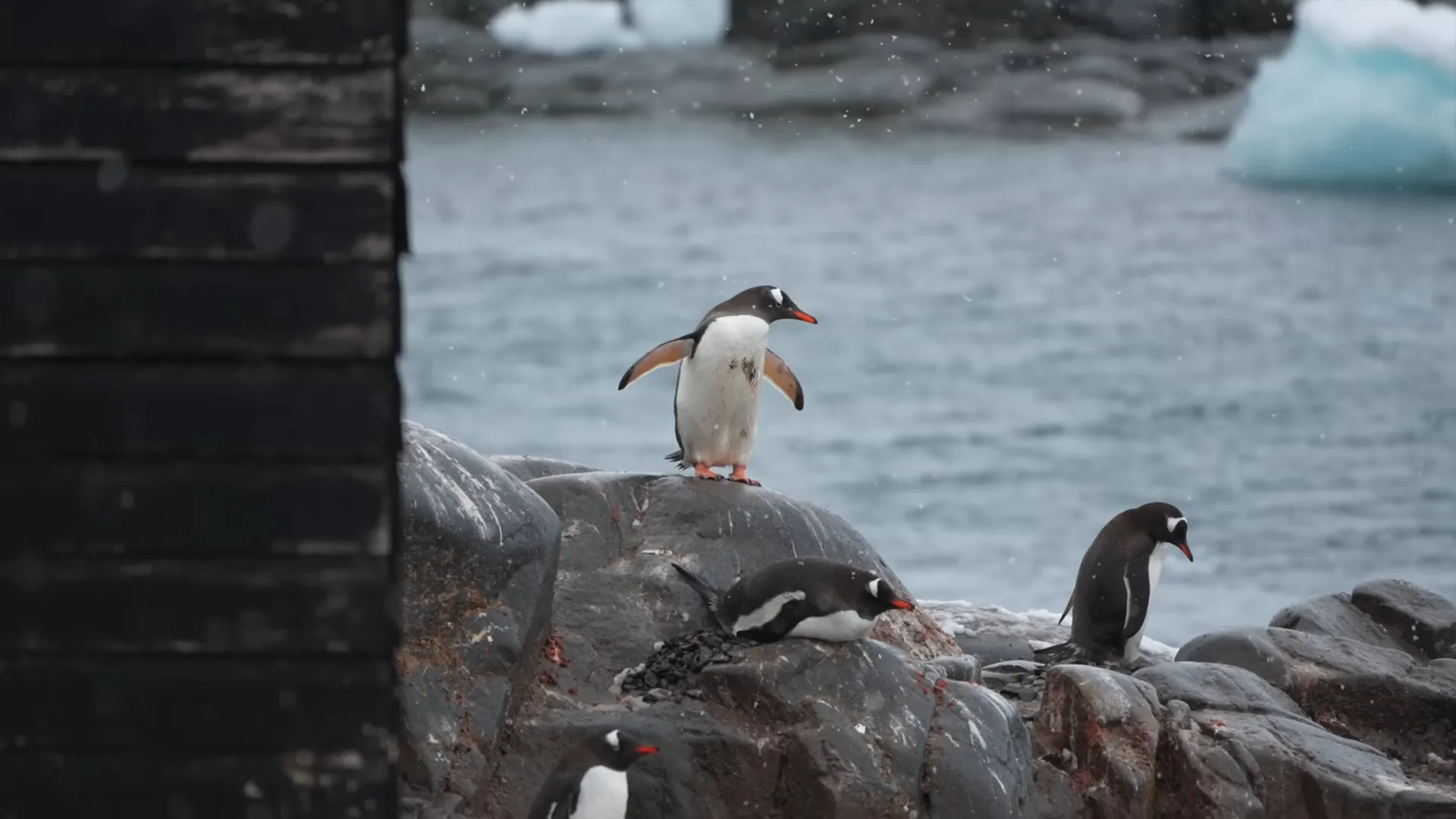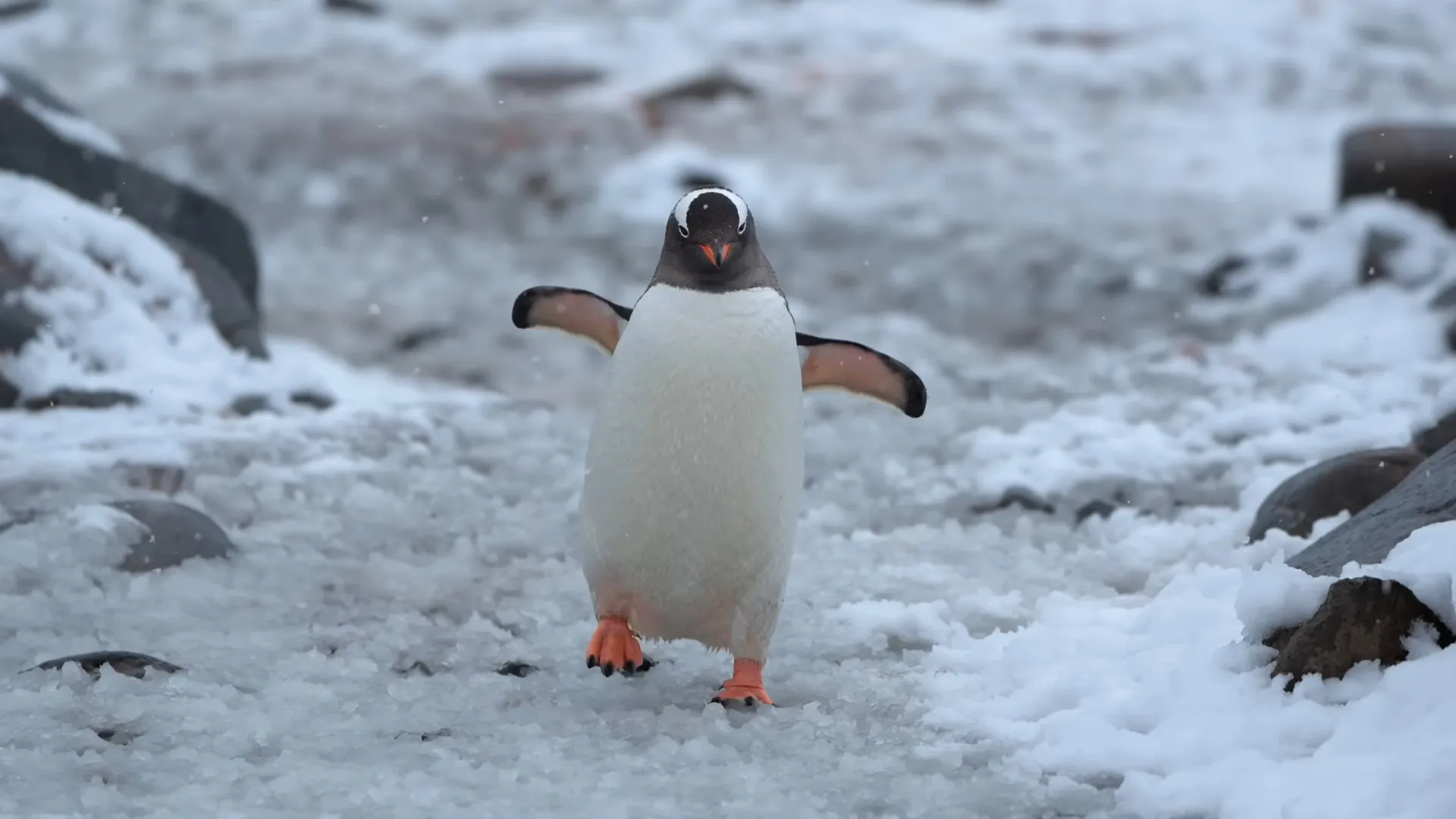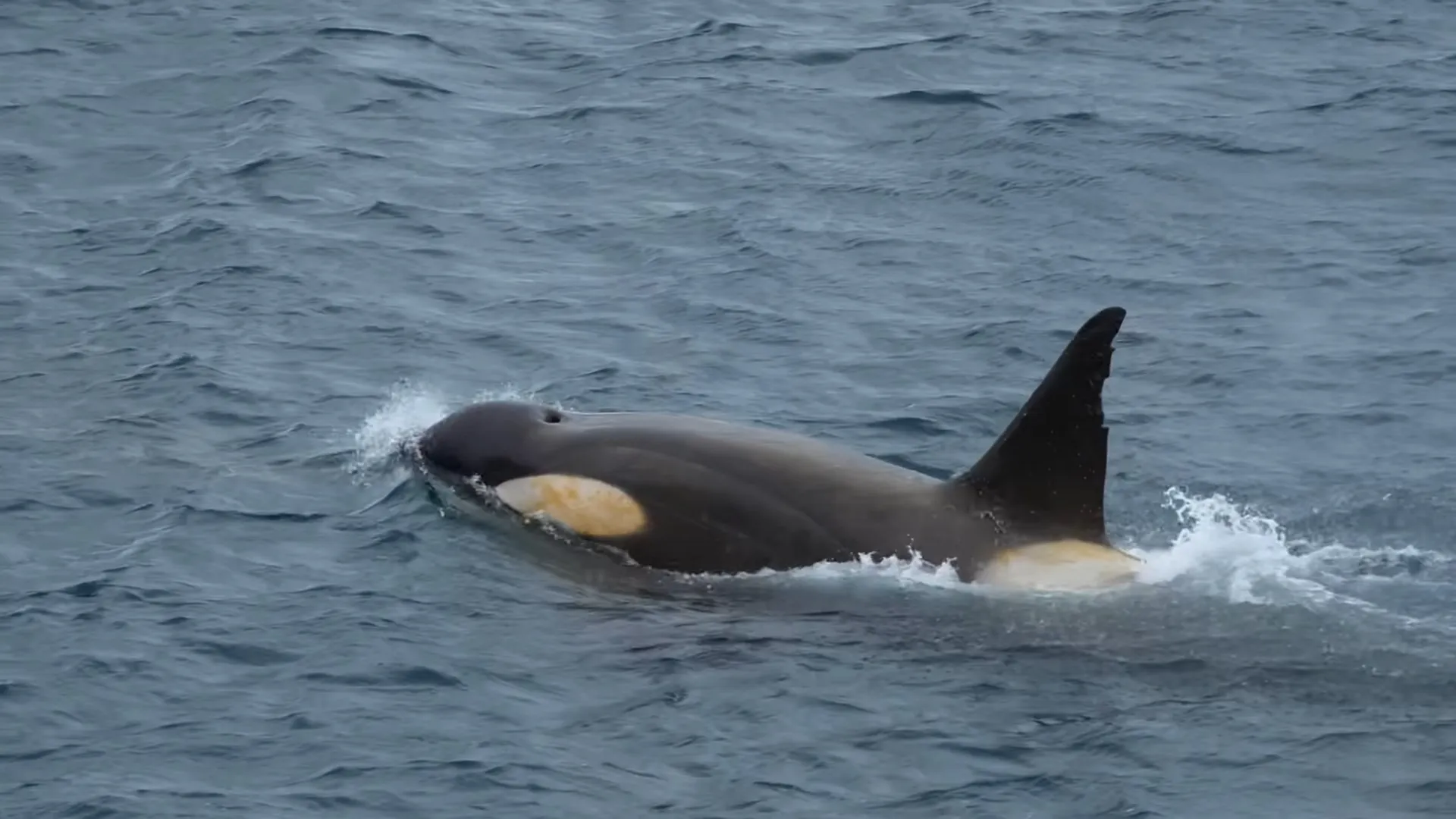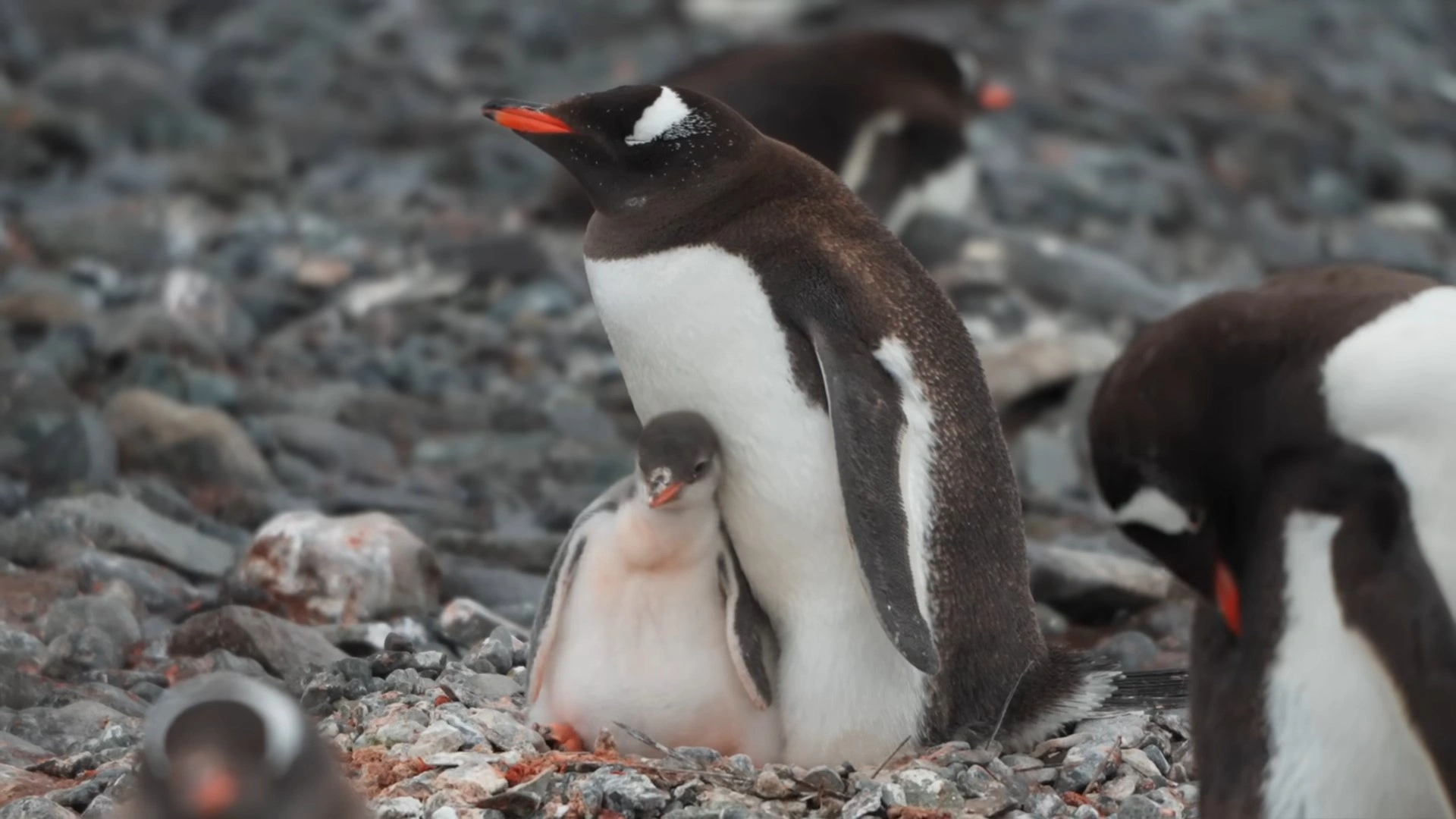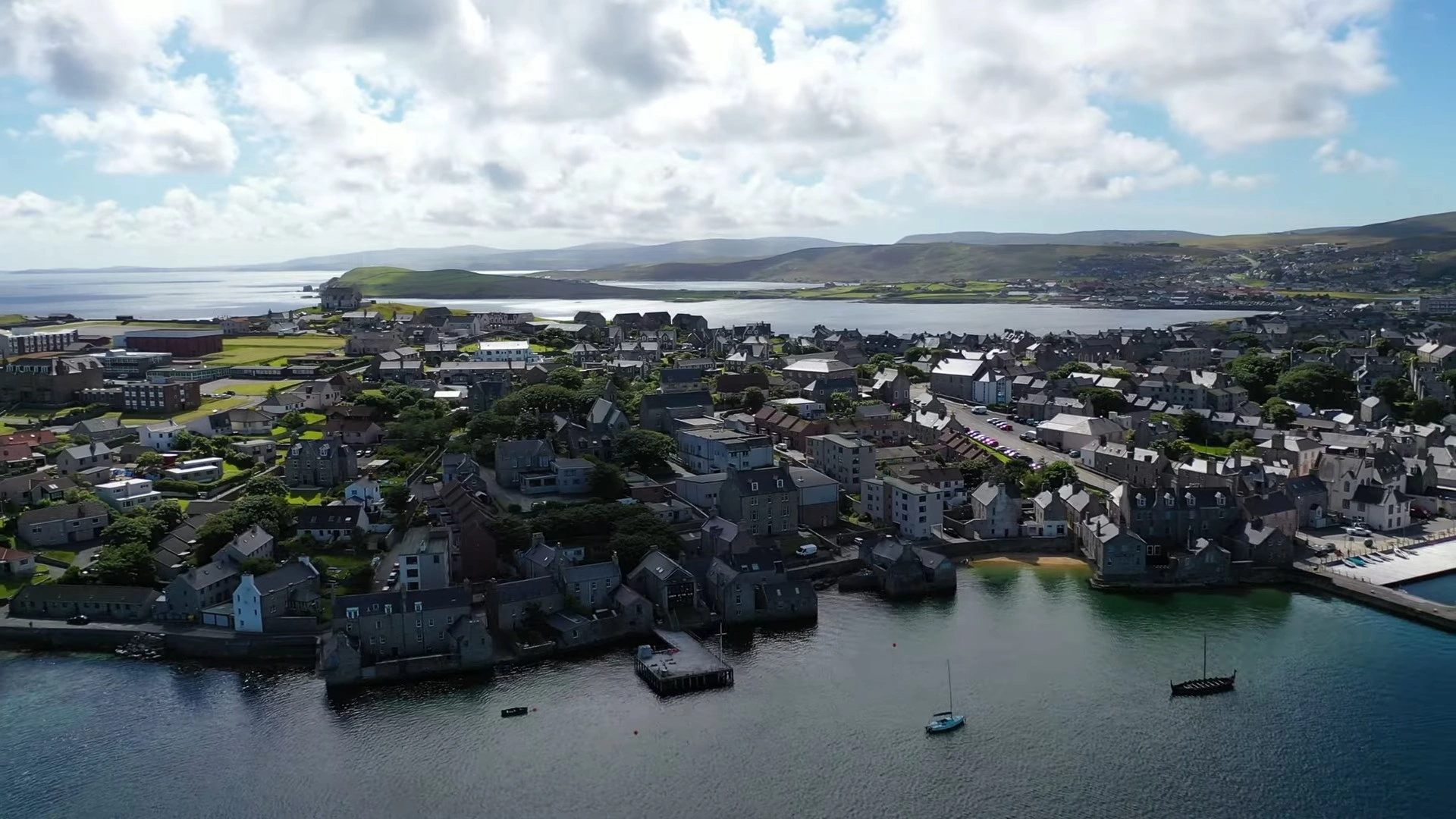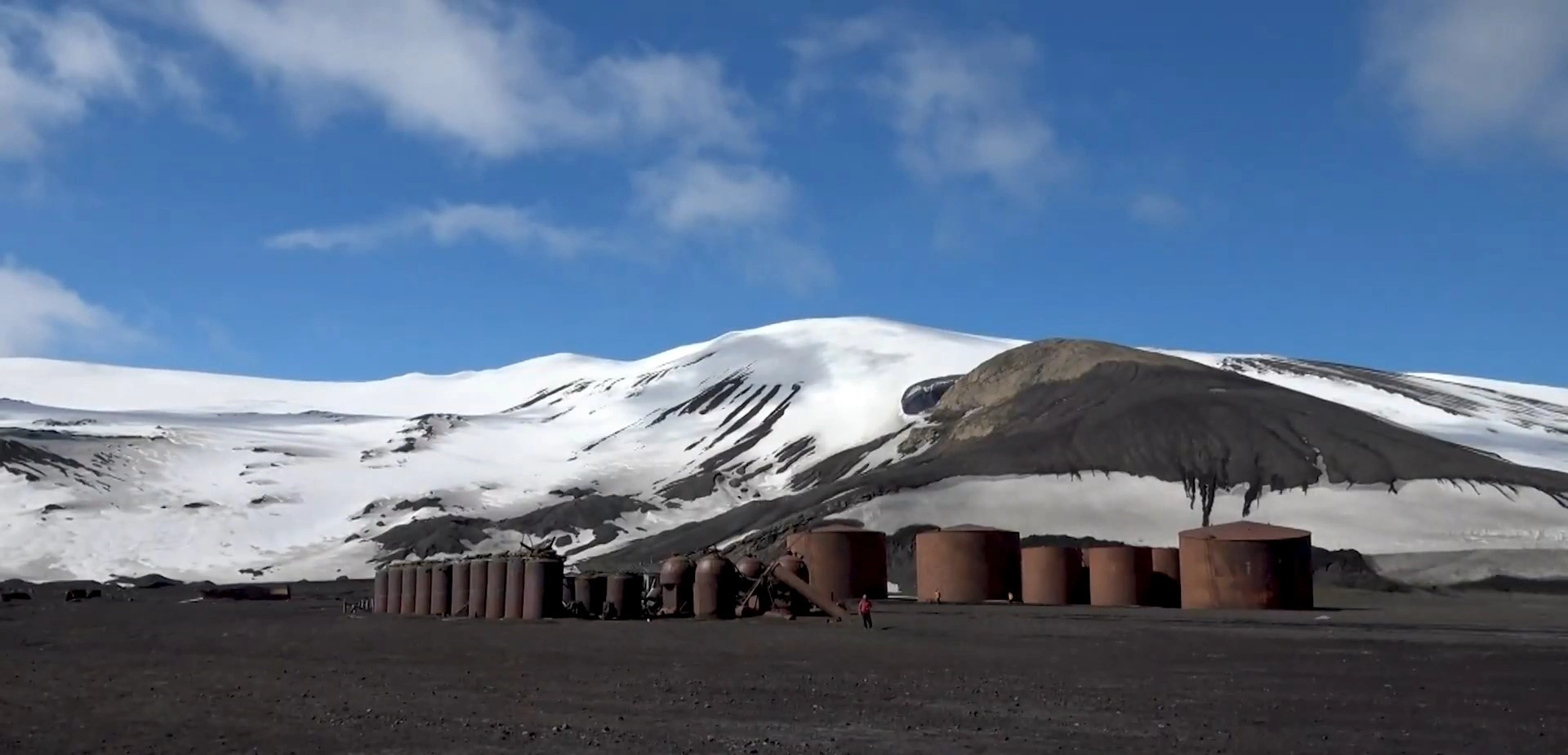The South Shetland Islands, situated in Antarctica, are known for their staggering landscape and novel wildlife. Perhaps the most remarkable experience that visitors to this far-off region can have is witnessing the entrancing Northern Lights. Otherwise called Aurora Australis, this regular light presentation is brought about by the collaboration between the sun-powered breeze and the world’s attractive field, bringing about sensational and vivid examples in the night sky.
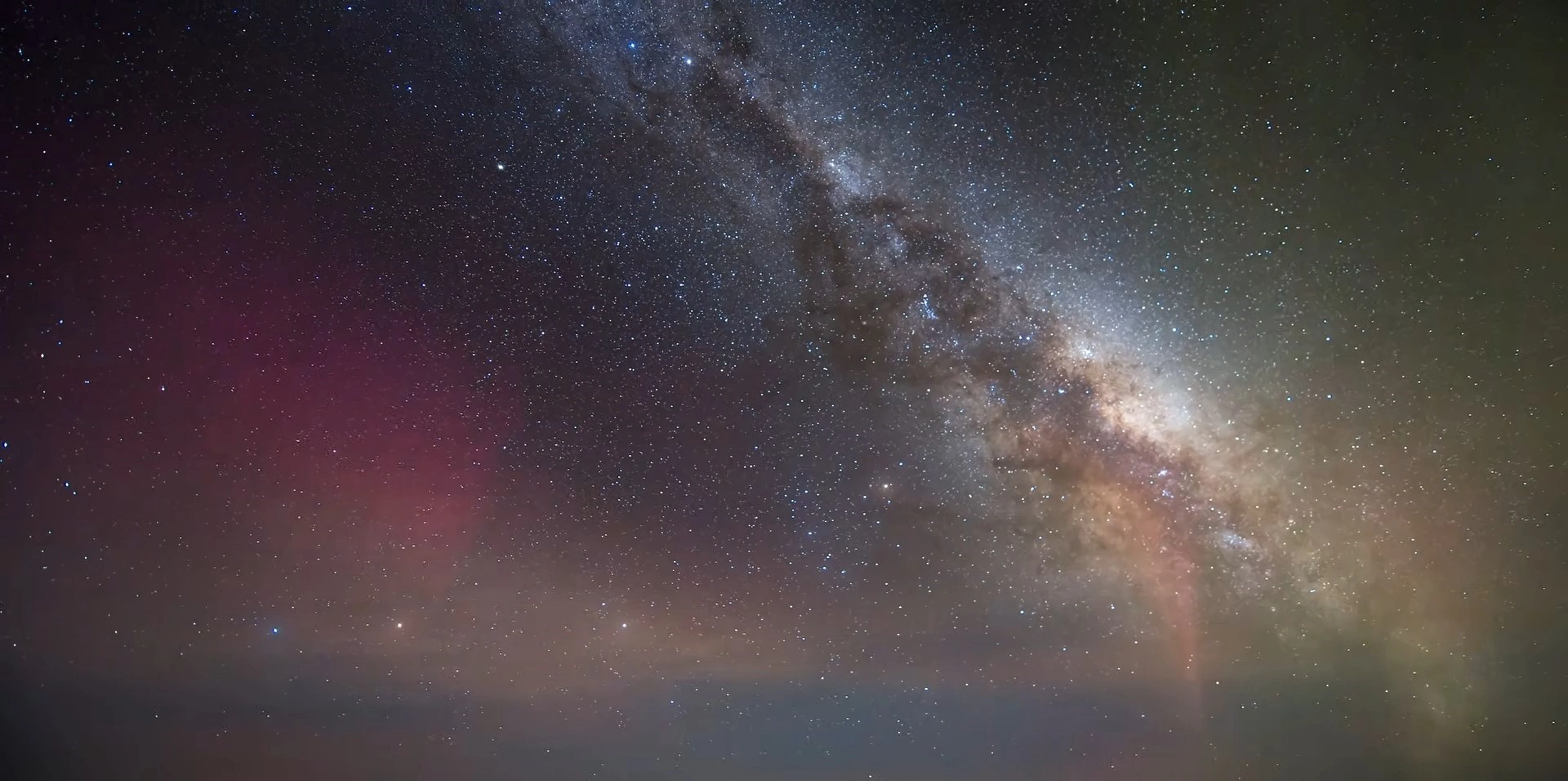
The South Shetland Islands and what makes them the ideal spot for reviewing the Northern Lights.
The South Shetland Islands, situated in the Southern Sea simply off the Antarctic Peninsula, probably won’t be the primary spot that strikes a chord while thinking about witnessing the peculiarity of the Northern Lights. However, this remote and pristine archipelago provides an exceptional and extraordinary setting for surveying this remarkable normal light show.
What makes the South Shetland Islands the ideal spot for noticing the Northern Lights is their location close to the southern polar region. Arranged at roughly 63 degrees south scope, these islands fall inside the auroral oval, a band of geomagnetic action where the Northern Lights are generally regularly seen. This implies that visitors to the South Shetland Islands have a high probability of encountering this marvellous showcase of bright lights moving across the night sky.
Notwithstanding their prime geographic position, the South Shetland Islands offer ideal circumstances for reviewing the Northern Lights because of their remote and untainted climate. With insignificant light contamination and vast open spaces, the night skies over the islands are unbelievably dull and clear, permitting the Northern Lights to sparkle brilliantly and strikingly. This pristine setting improves the sorcery and persona of the Aurora borealis, making a genuinely remarkable encounter for those fortunate enough to witness it.
Besides, the South Shetland Islands boast staggeringly normal landscapes that give a beautiful backdrop to the Northern Lights. Snow-covered mountains, icy glaciers, and rugged shores create an emotional setting for the brilliant lights to enlighten, adding to the powerful magnificence of the aurora show. Whether seen from the deck of a boat, a comfortable lodge, or a snow-shrouded beach, the Northern Lights in the South Shetland Islands offer an entrancing and vivid experience that is unparalleled in its magnificence and loftiness.
For those seeking to witness the Northern Lights in the South Shetland Islands, there are various choices for encountering this normal miracle. Travellers to Antarctica frequently remember stops for the South Shetland Islands, permitting travelers to partake in the Northern Lights from the solace of a boat while investigating the encompassing seascape. On the other hand, visitors can decide to remain at one of the research stations or eco-lodges on the islands, where they can witness the aurora borealis up close and personal, away from the interruptions of present-day life.
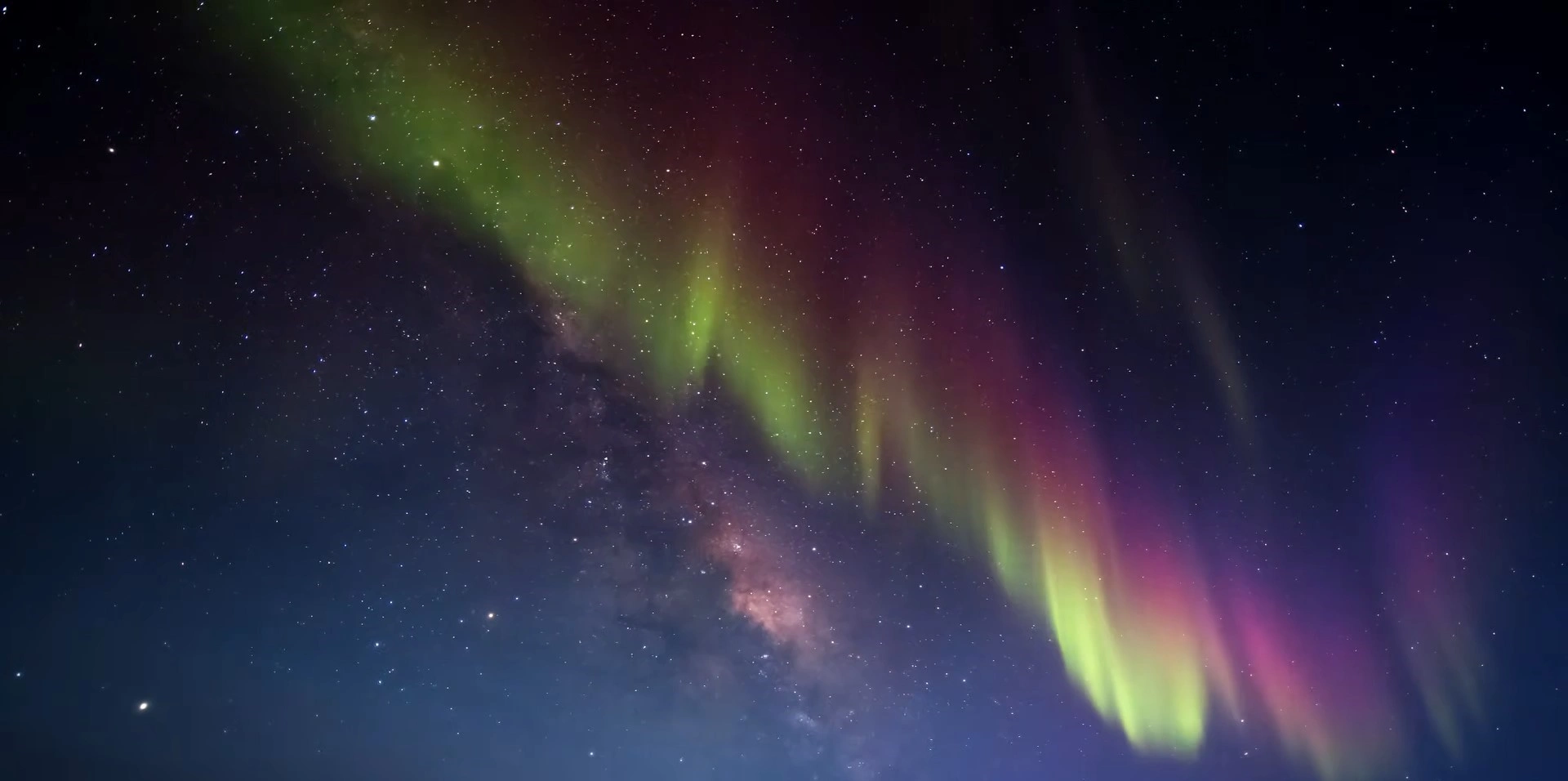
Tips for when and where to go in the South Shetland Islands to have the most obvious opportunity with regards to witnessing the Northern Lights.
Assuming you’re planning an outing towards the South Shetland Islands with the expectation of witnessing the marvellous Northern Lights, there are a couple of tips that can assist with expanding your possibilities of encountering this breathtaking normal peculiarity.
Above all else, the best opportunity to see the Northern Lights in the South Shetland Islands is during the cold weather months, from April to September. This is the point at which the evenings are longest and the skies are most obscure, giving the best circumstances for the lights to be noticeable. Remember that atmospheric conditions can be flighty in this distant region, so it’s vital to be adaptable with your movement dates and consider some additional time on the off chance that you really want to hang tight for clear skies.
With regards to picking the best location inside the South Shetland Islands to see the Northern Lights, one well-known spot is Misdirection Island. This horseshoe-moulded volcanic island isn’t just a shocking normal miracle by its own doing; however, it likewise offers an unmistakable perspective on the night sky, making it an ideal place for getting a brief look at the Aurora Australis.
Another extraordinary choice is Livingston Island, which is known for its rugged excellence and different wildlife. The island’s distant location and absence of light contamination make it a phenomenal spot to see the Northern Lights in their entirety. Furthermore, you’ll have the special reward of investigating the island’s shocking landscapes and spotting seals, penguins, and other Antarctic wildlife during the day.
On the off chance that you’re looking for a genuinely extraordinary encounter, think about taking a journey towards the South Shetland Islands. Many journey organisations offer specific Aurora Australis travels that are intended to amplify your possibilities of seeing the Northern Lights. These travels commonly occur throughout the cold weather months and provide an agreeable and helpful method for investigating the region while looking out for the hypnotising light show in the night sky.
Regardless of where you decide to go in the South Shetland Islands, it’s important to remember that persistence is key while attempting to witness the Northern Lights. This regular peculiarity is famously subtle and can show up and vanish abruptly, so be ready to invest some energy pausing and watch out for any indications of movement in the night sky.
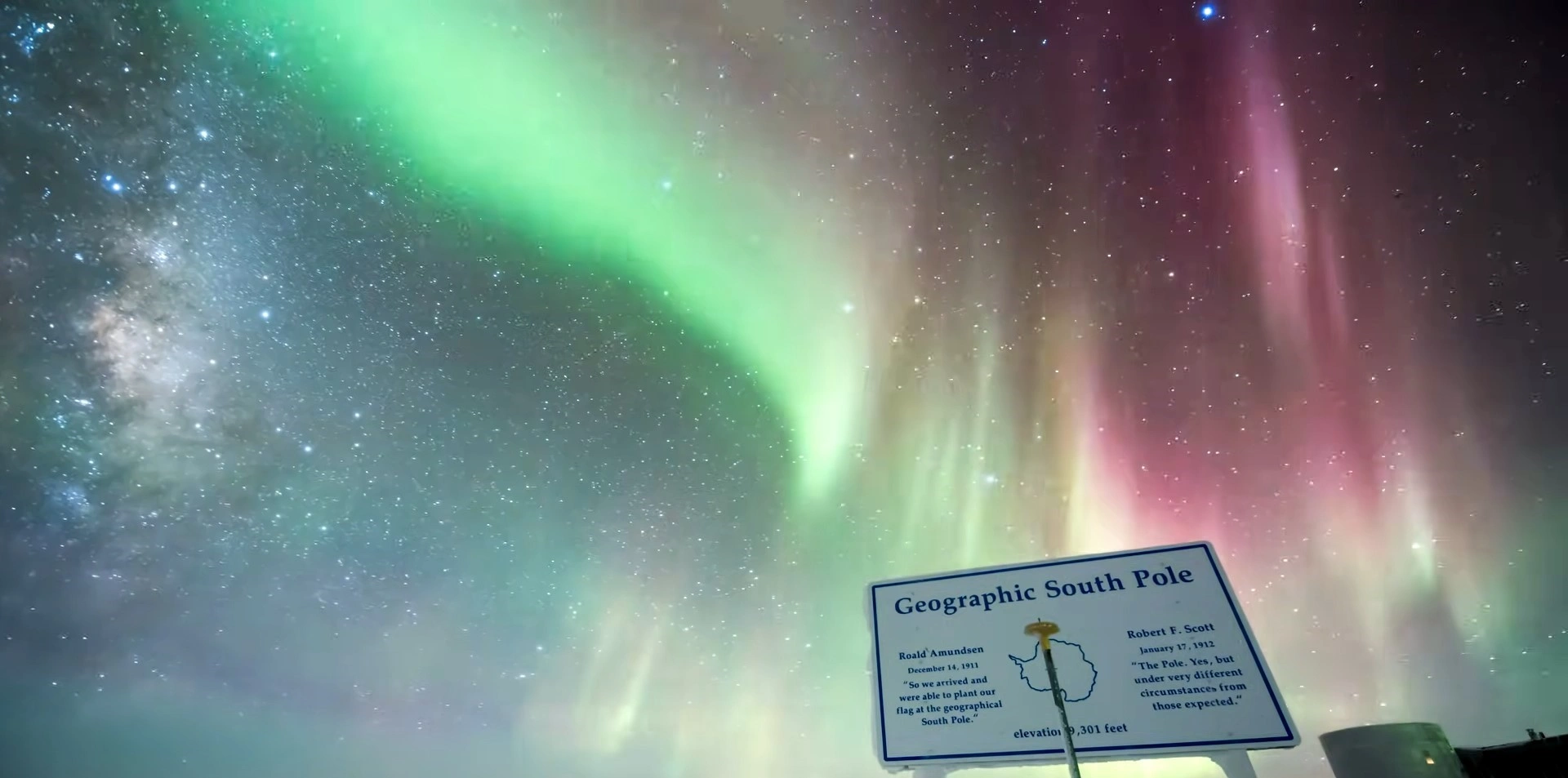
What’s in store whenever you at long last get the opportunity to see the Northern Lights in the entirety of their dazzling glory in the South Shetland Islands?
At last, the second you’ve been sitting tight for has shown up—you are going to witness the breathtaking Northern Lights in the South Shetland Islands. As you step out into the fresh, cool air, your expectations work as you gaze towards the dull night sky. Unexpectedly, a weak shine starts to show up not too far off, developing further and more energetically as time passes.
The main thing you’ll notice are the tones. Shades of green, pink, purple, and, surprisingly, red dance across the sky in an entrancing showcase of regular magnificence. The lights curve and twirl, making unpredictable examples that appear to challenge gravity. Maybe you are watching an inestimable, expressive dance performed by the actual sky.
As you stand there, spellbound by the ethereal shine above you, you’ll feel a feeling of marvel and stunningness wash over you. The sheer extent of the exhibition unfurling before your eyes is sufficient to blow your mind. It’s no big surprise that old civic establishments trusted the Northern Lights to be a sign from divine beings.
In any case, it’s not only the visual part of the Northern Lights that will leave you hypnotised—the hints of nature encompassing you just upgrade the experience. The breeze stirring through the trees, the delicate lapping of waves against the shore, the far-off assemblages of wildlife—all come together to make an orchestra of sights and sounds that will remain with you long after the lights have blurred from the sky.
As you keep on watching the Northern Lights, you might feel a feeling of harmony and peacefulness wash over you. The regular magnificence of the peculiarity has an approach to quieting the psyche and relieving the spirit. Maybe the lights have a recuperating power, assisting with purging away the burdens of day-to-day existence and introducing you to an option that could be more significant than yourself.
And afterward, as out of nowhere as they showed up, the Northern Lights started to blur, leaving you with a feeling of appreciation for having witnessed such an extraordinary occasion. As you advance back inside, you’ll end up replaying the pictures to you, attempting to catch each clear detail and variety from the showcase.
In the long stretches of time to come, you’ll find yourself yearning to get back towards the South Shetland Islands to witness the Northern Lights by and by. The memory of that evening will remain with you, a sign of the excellence and wizardry that can be seen in the regular world.
Conclusion
Experiencing the Northern Lights in the South Shetland Islands is a truly mesmerizing adventure. This remote archipelago offers an unparalleled setting for witnessing one of nature’s most spectacular light shows. With minimal light pollution and pristine landscapes, the South Shetland Islands provide the perfect backdrop for the Northern Lights, enhancing the magic and beauty of this natural phenomenon. Whether viewed from a boat, an eco-lodge, or a research station, the Aurora Australis in this region promises an unforgettable experience. Plan your trip during the winter months, choose prime locations like Misdirection Island and Livingston Island, and prepare for a captivating journey into the heart of one of the world’s most remarkable natural wonders.
FAQs
When is the best time to see the Northern Lights in the South Shetland Islands?
The best time is during the winter months, from April to September, when the nights are longest and the skies are darkest.
Why are the South Shetland Islands a good location for viewing the Northern Lights?
The islands are within the auroral oval, have minimal light pollution, and offer clear, dark skies, making them ideal for witnessing the Northern Lights.
What are some popular spots in the South Shetland Islands to see the Northern Lights?
Misdirection Island and Livingston Island are popular due to their clear night skies and minimal light pollution.
Can I see other wildlife while visiting the South Shetland Islands?
Yes, you can spot seals, penguins, and other Antarctic wildlife during the day while waiting for the Northern Lights at night.
Are there tours available for seeing the Northern Lights in the South Shetland Islands?
Yes, many cruise companies offer specialized tours to the South Shetland Islands that maximize your chances of seeing the Aurora Australis.




